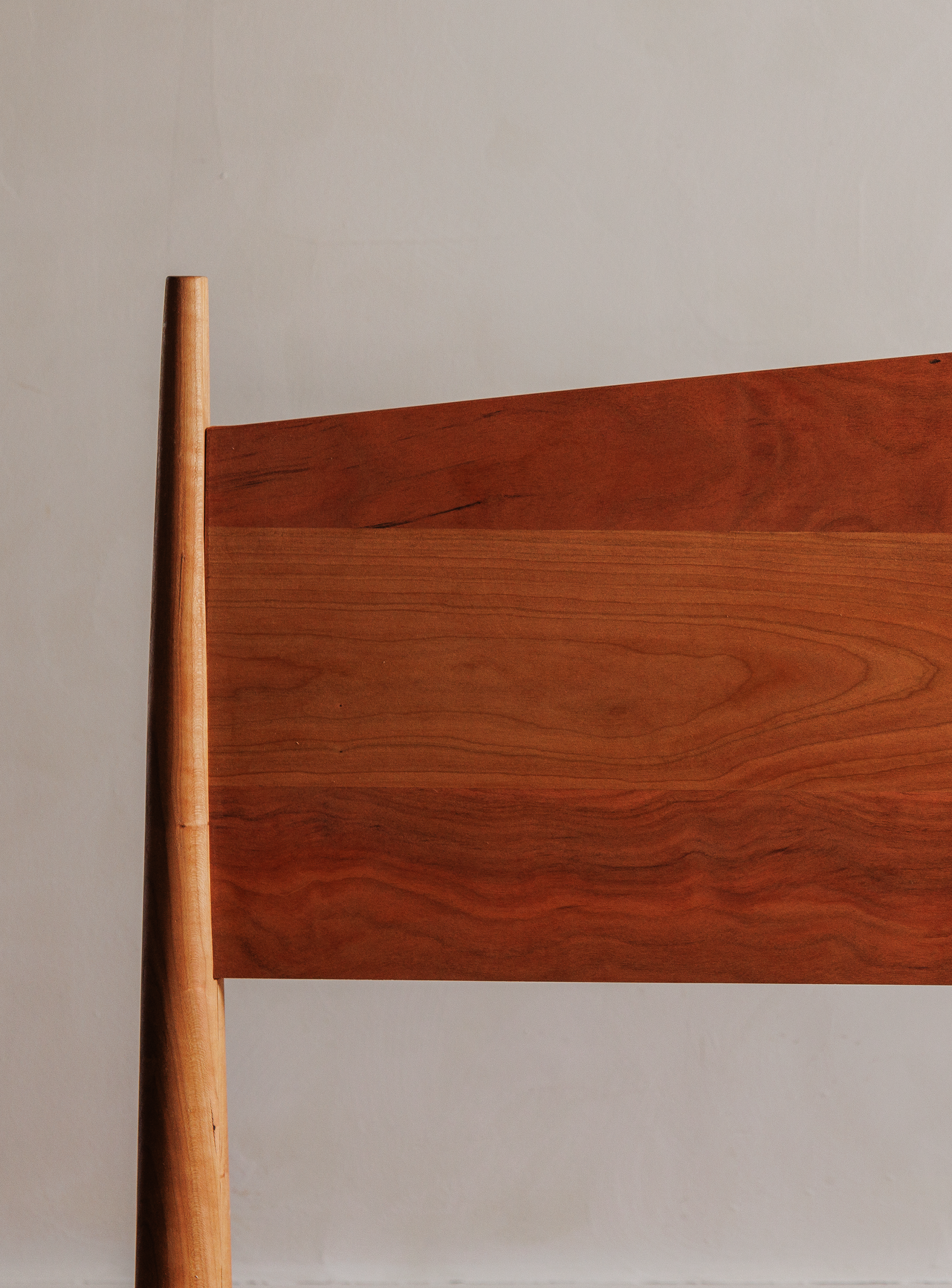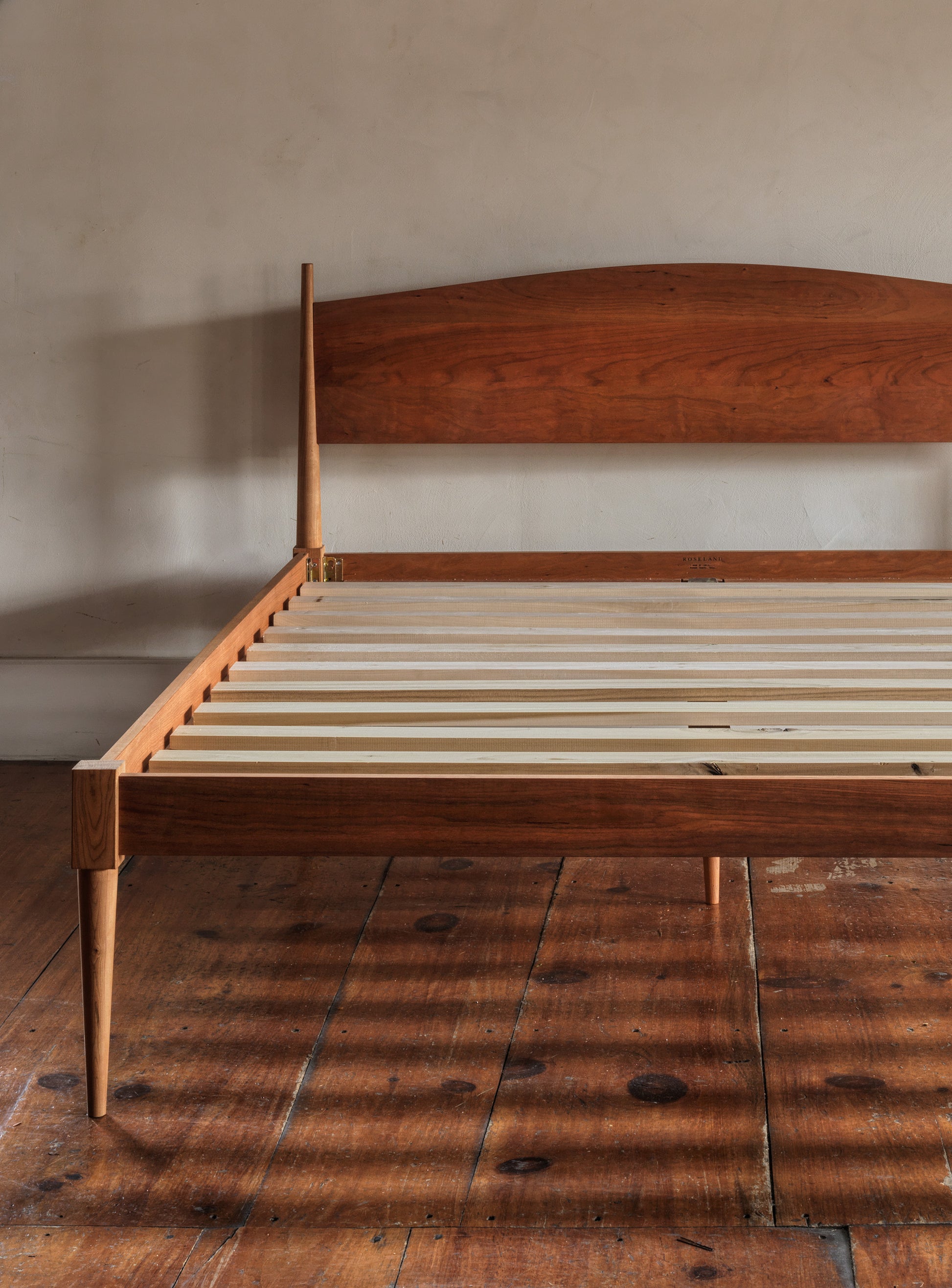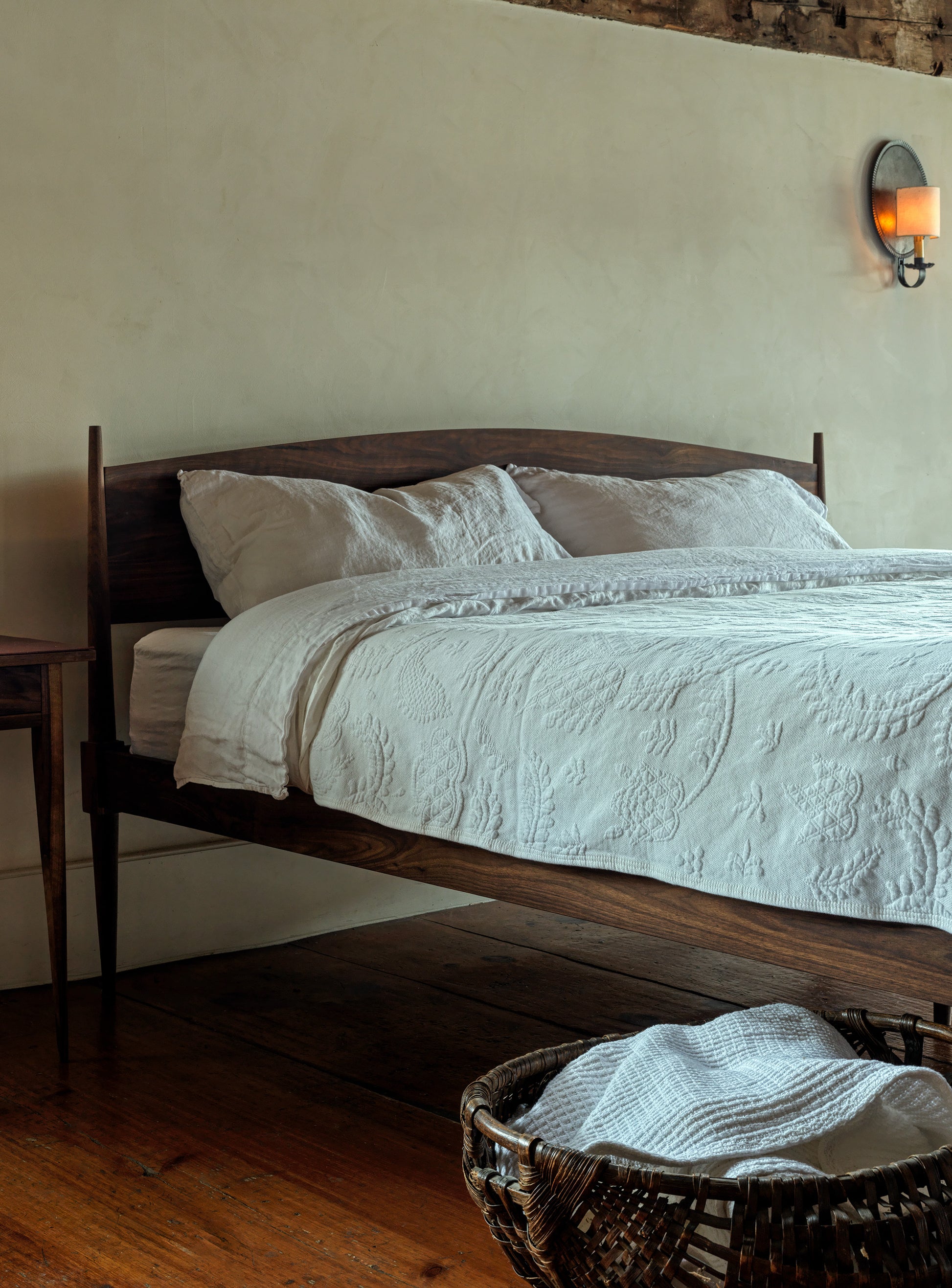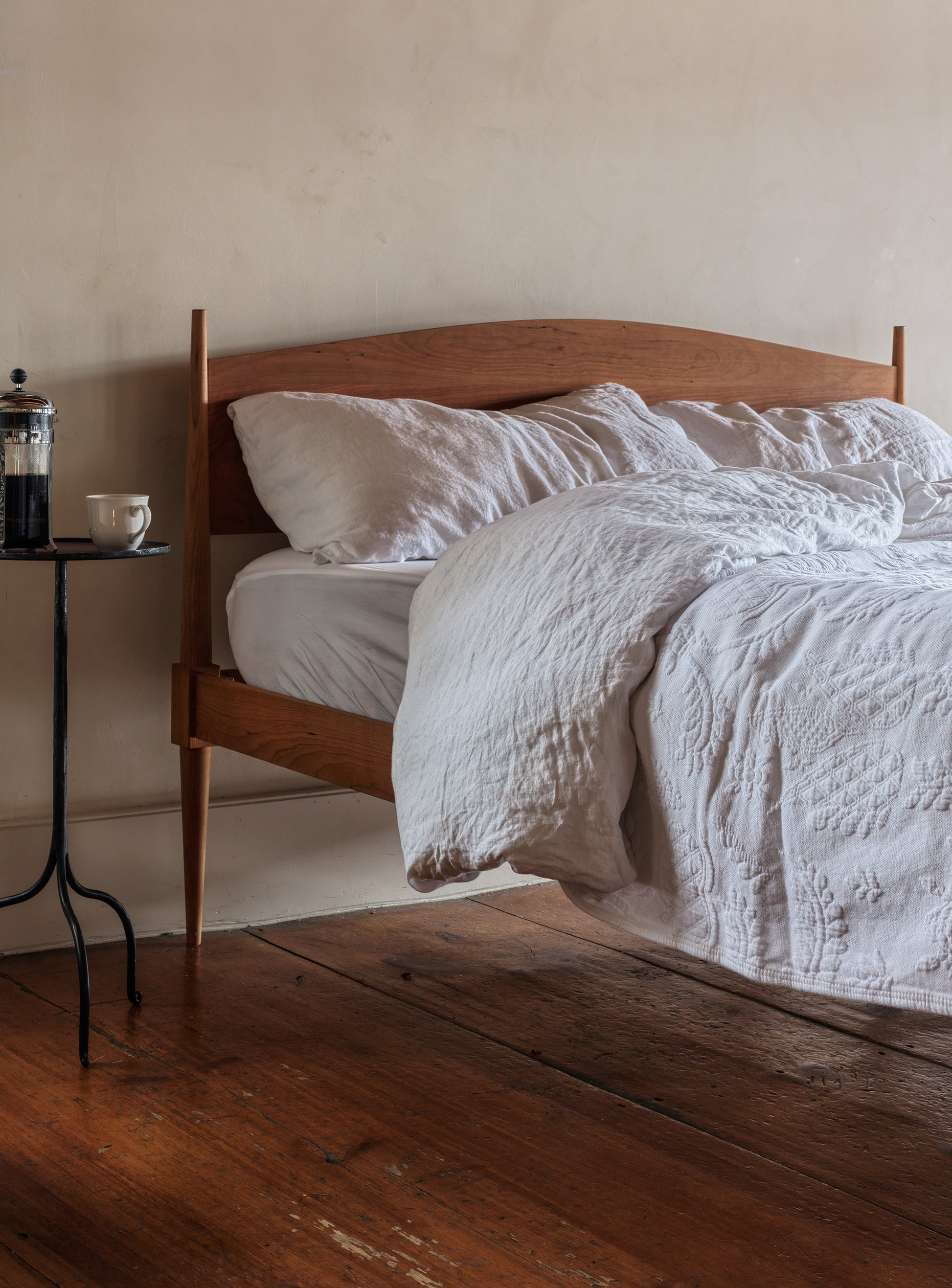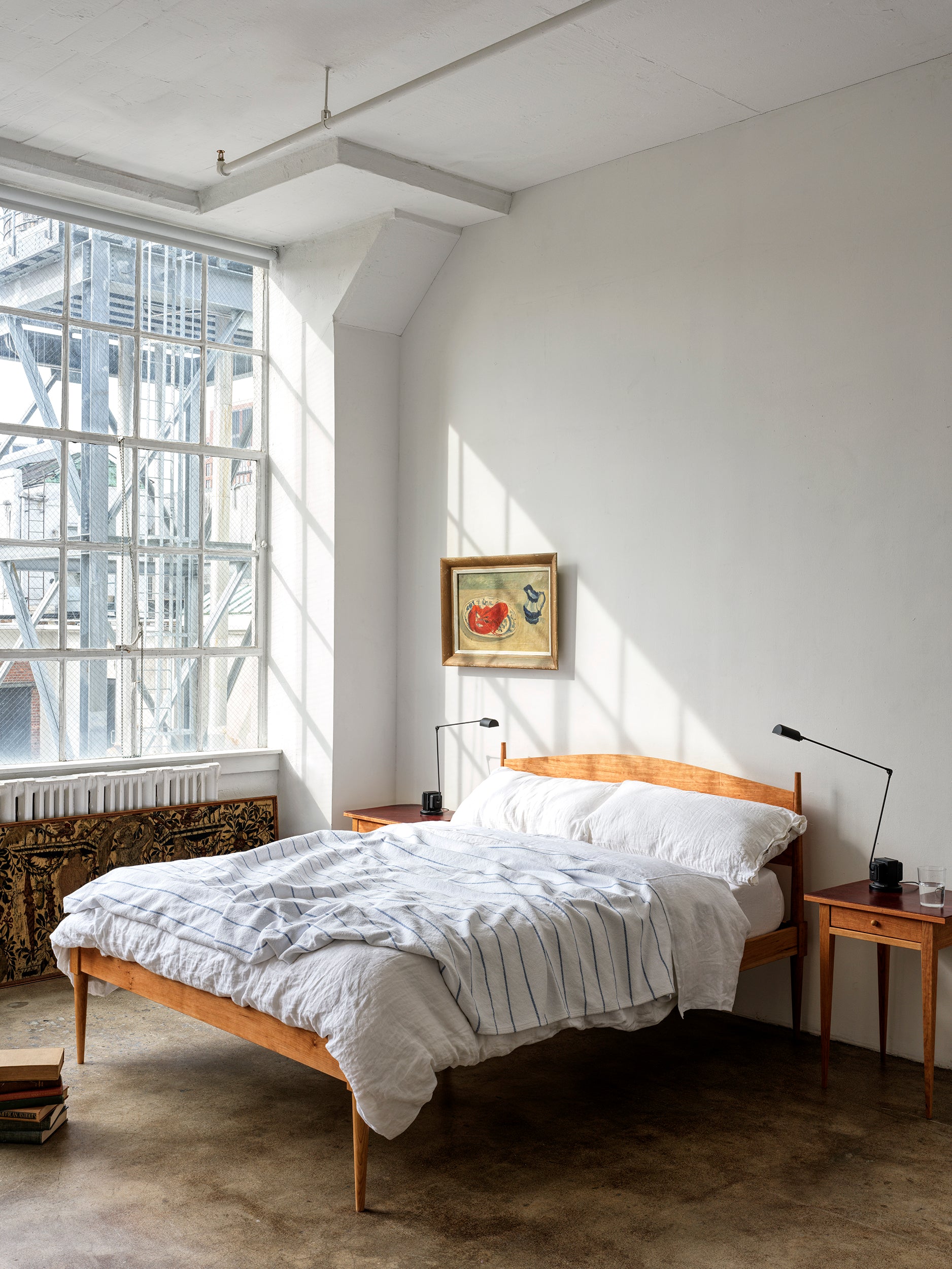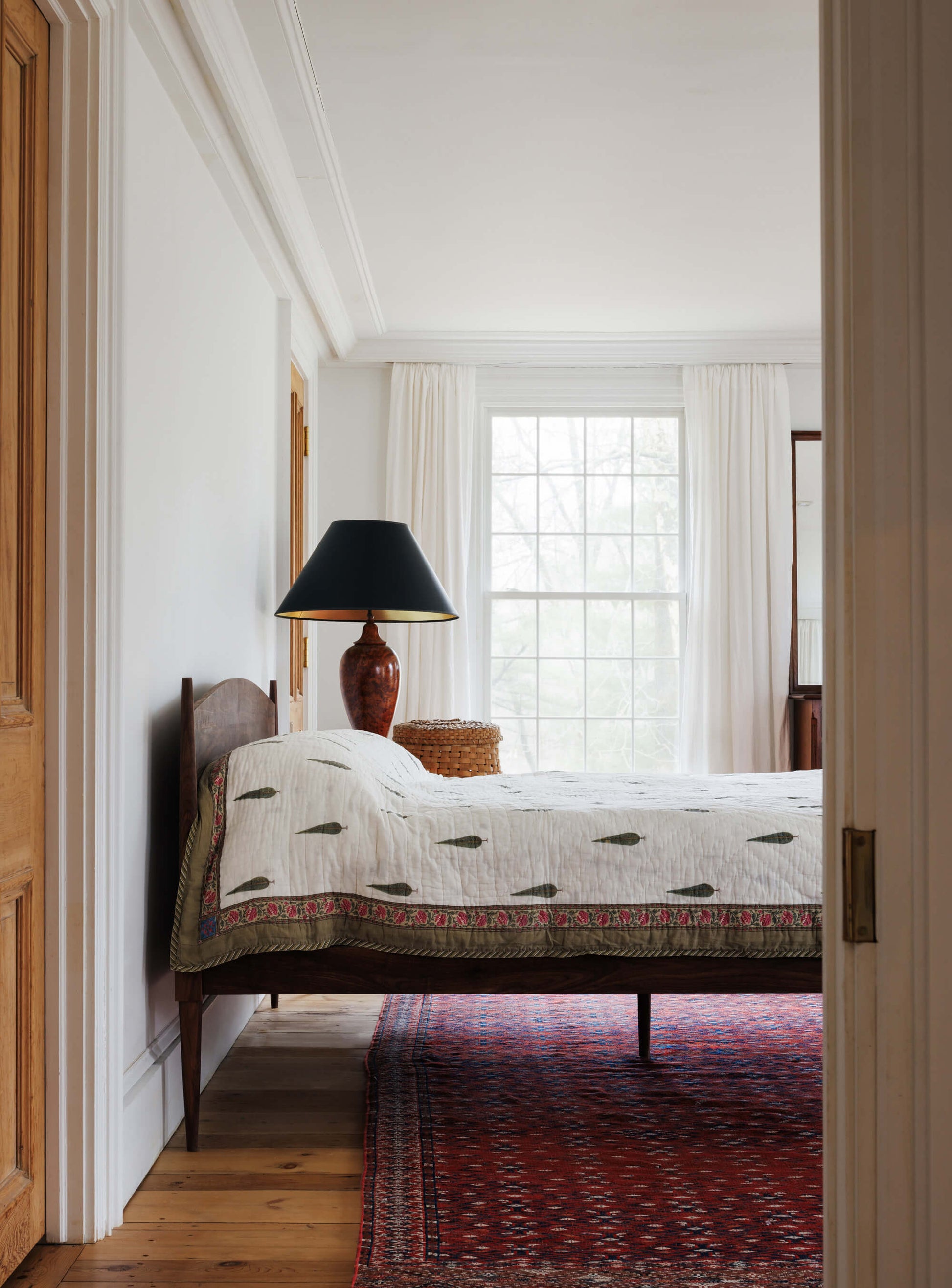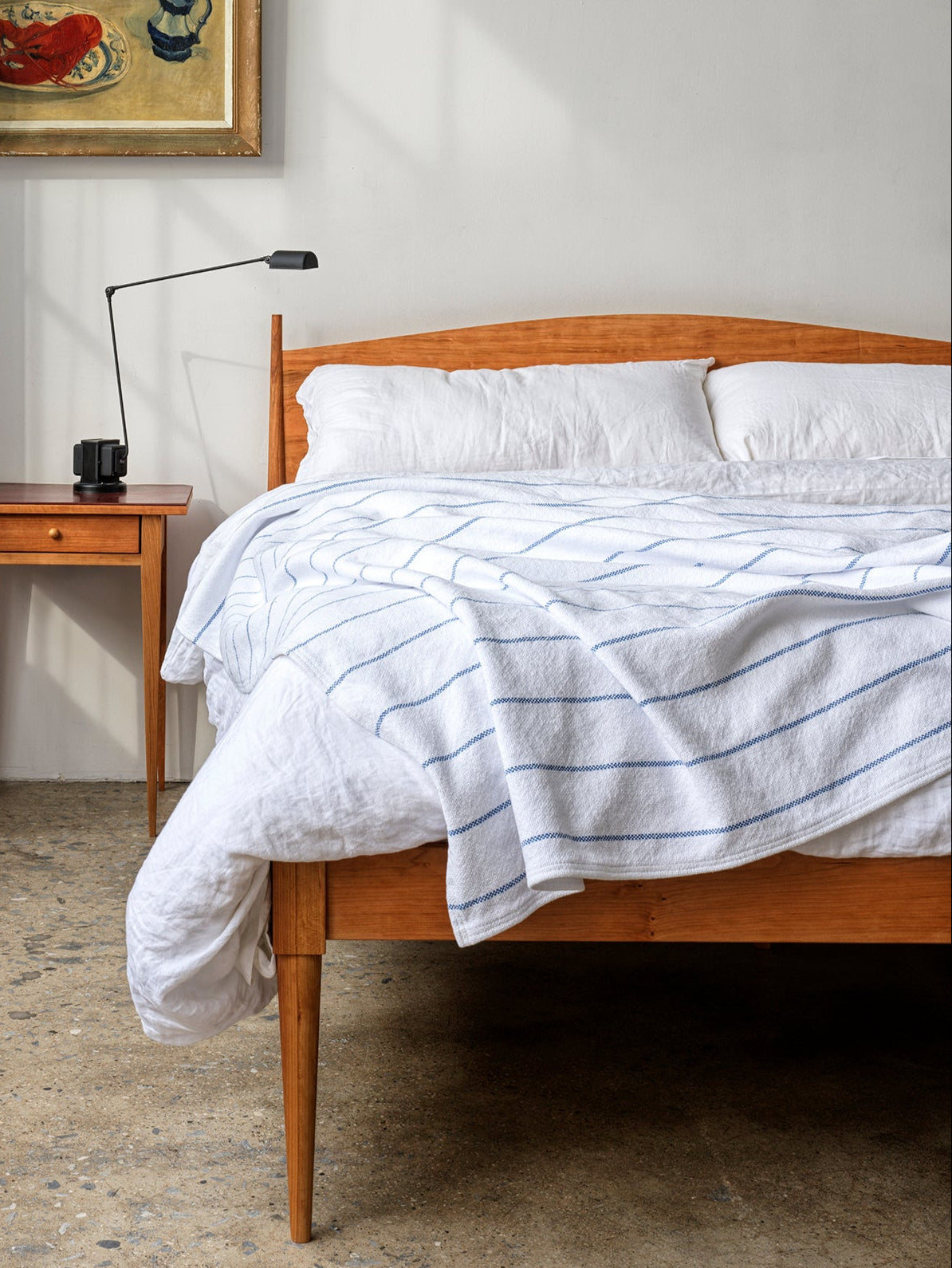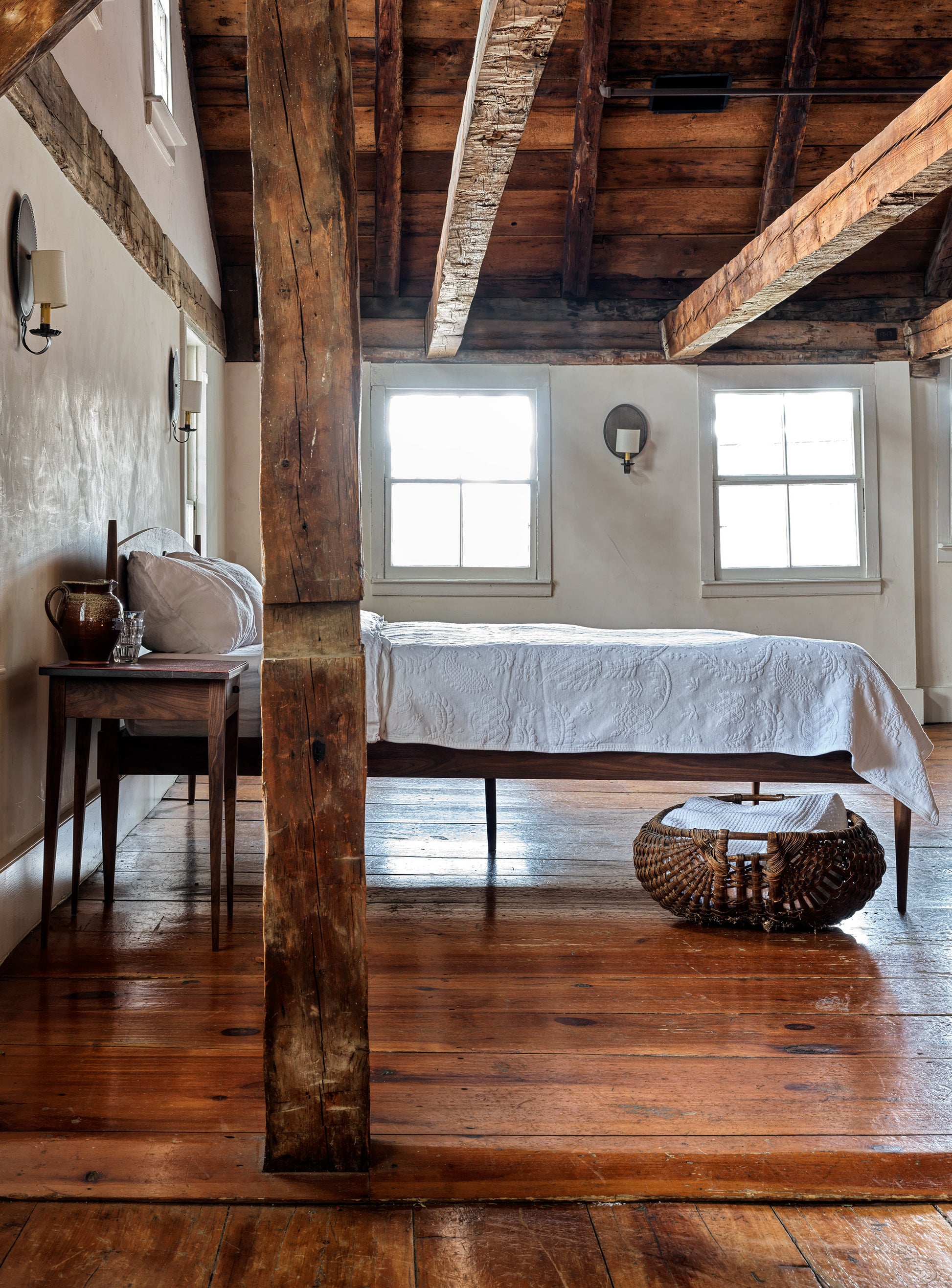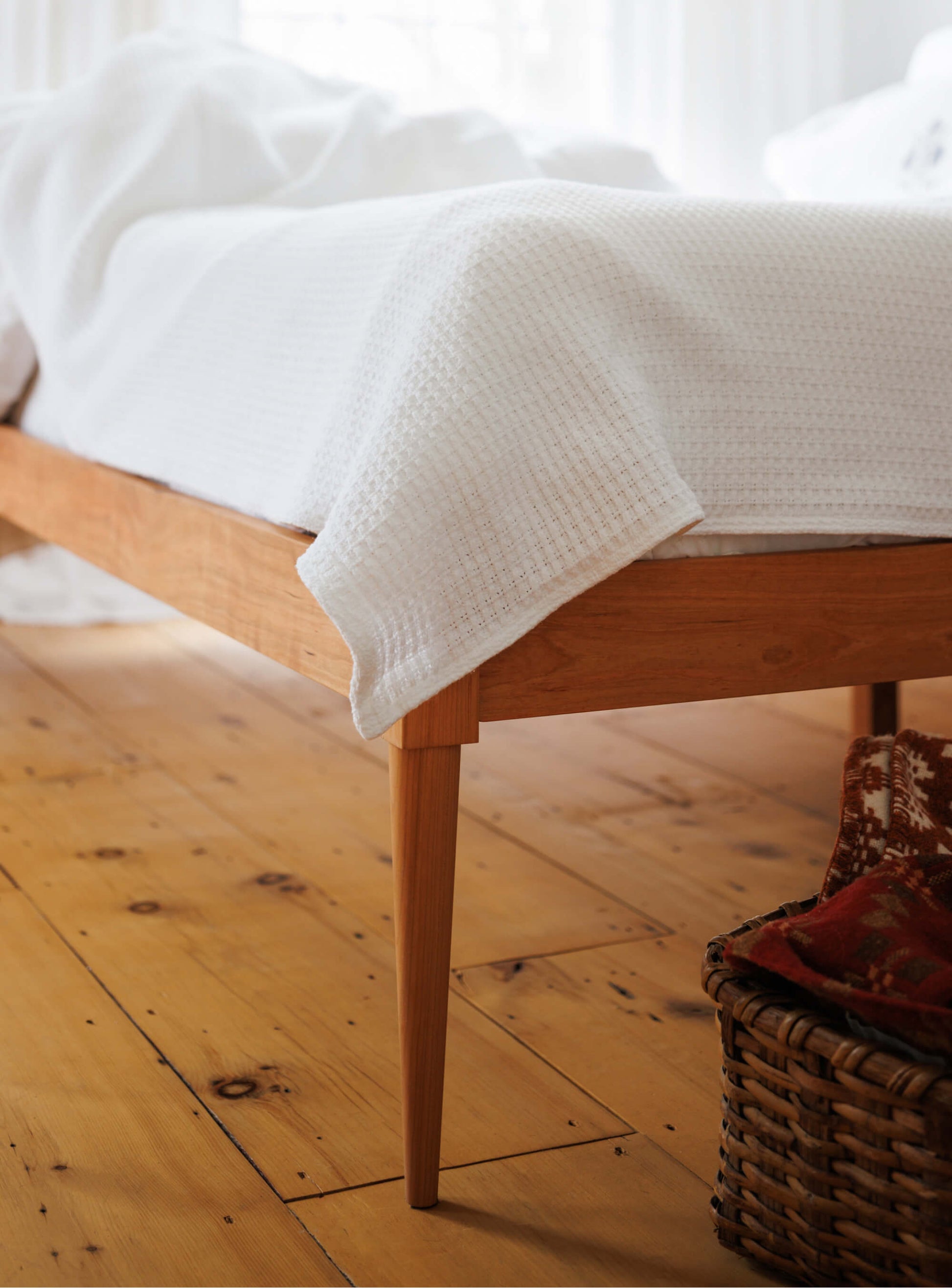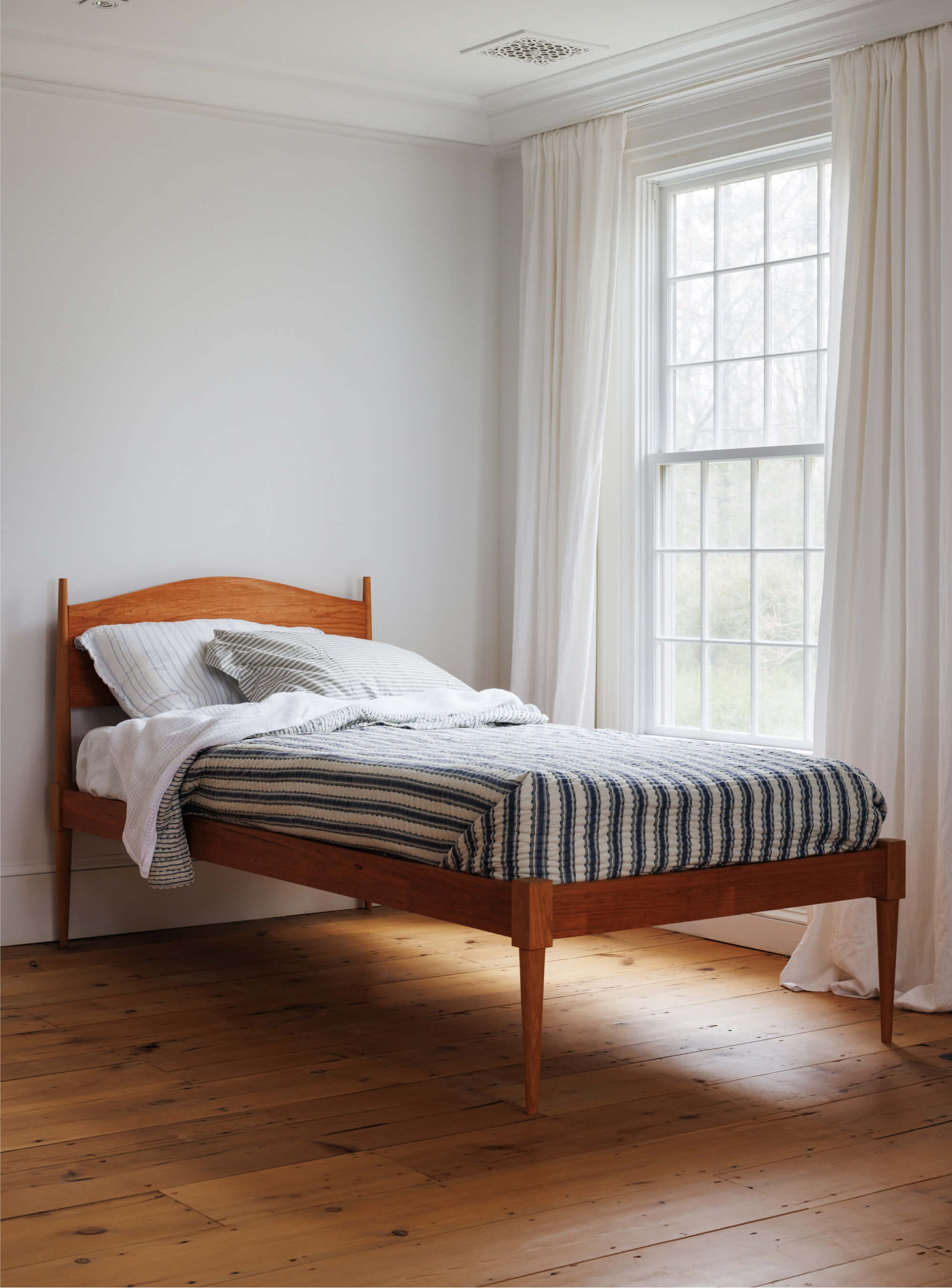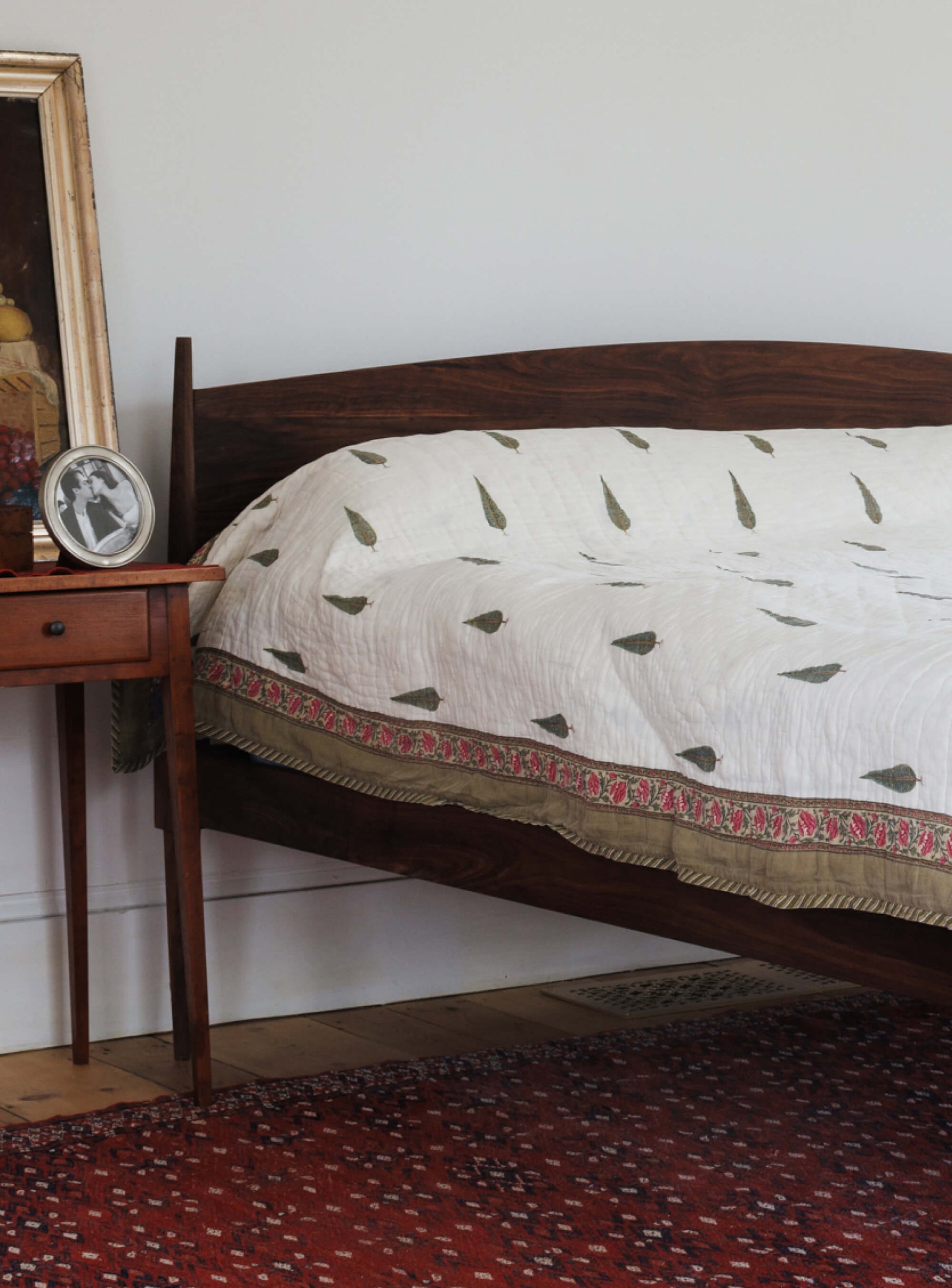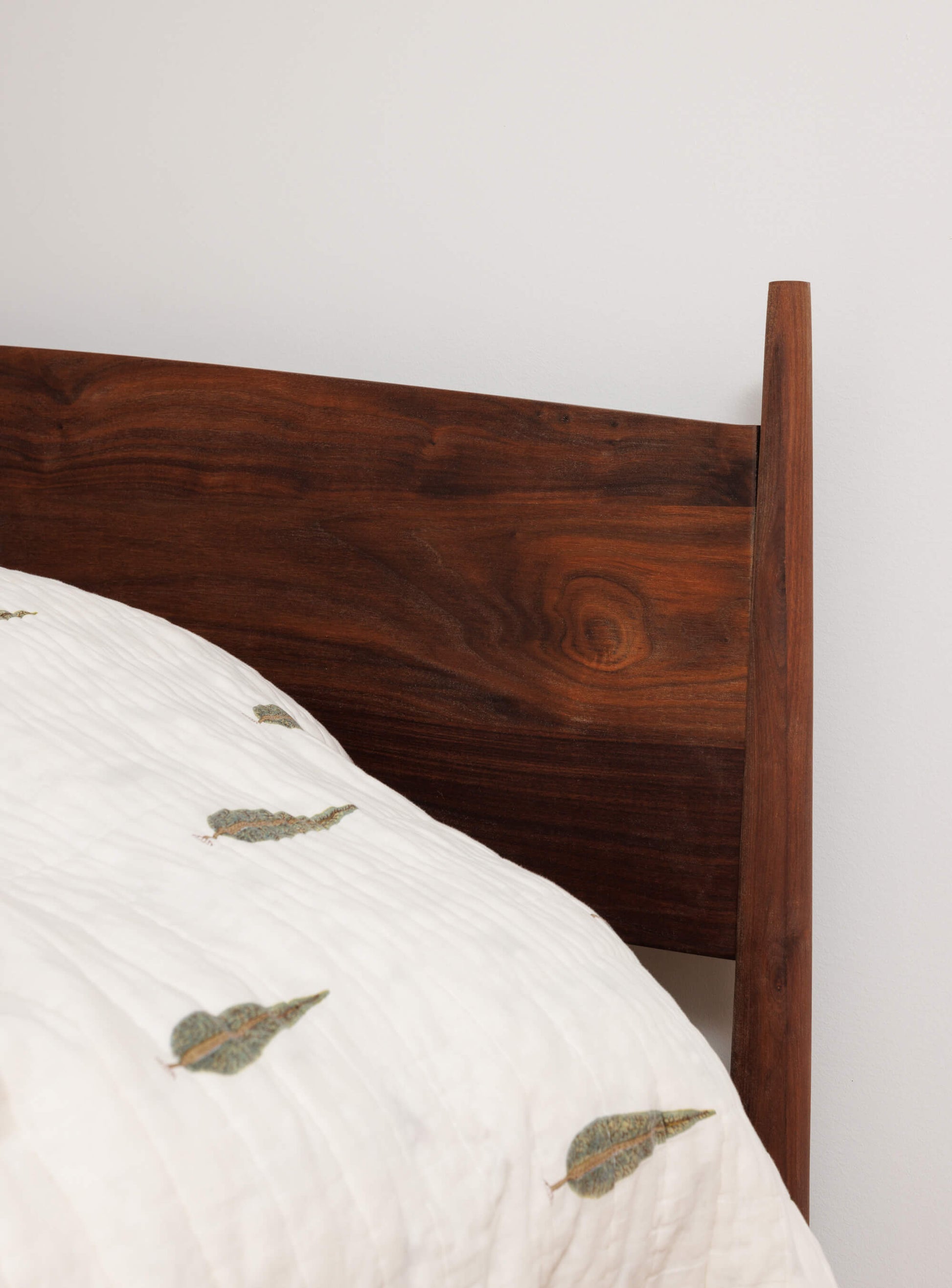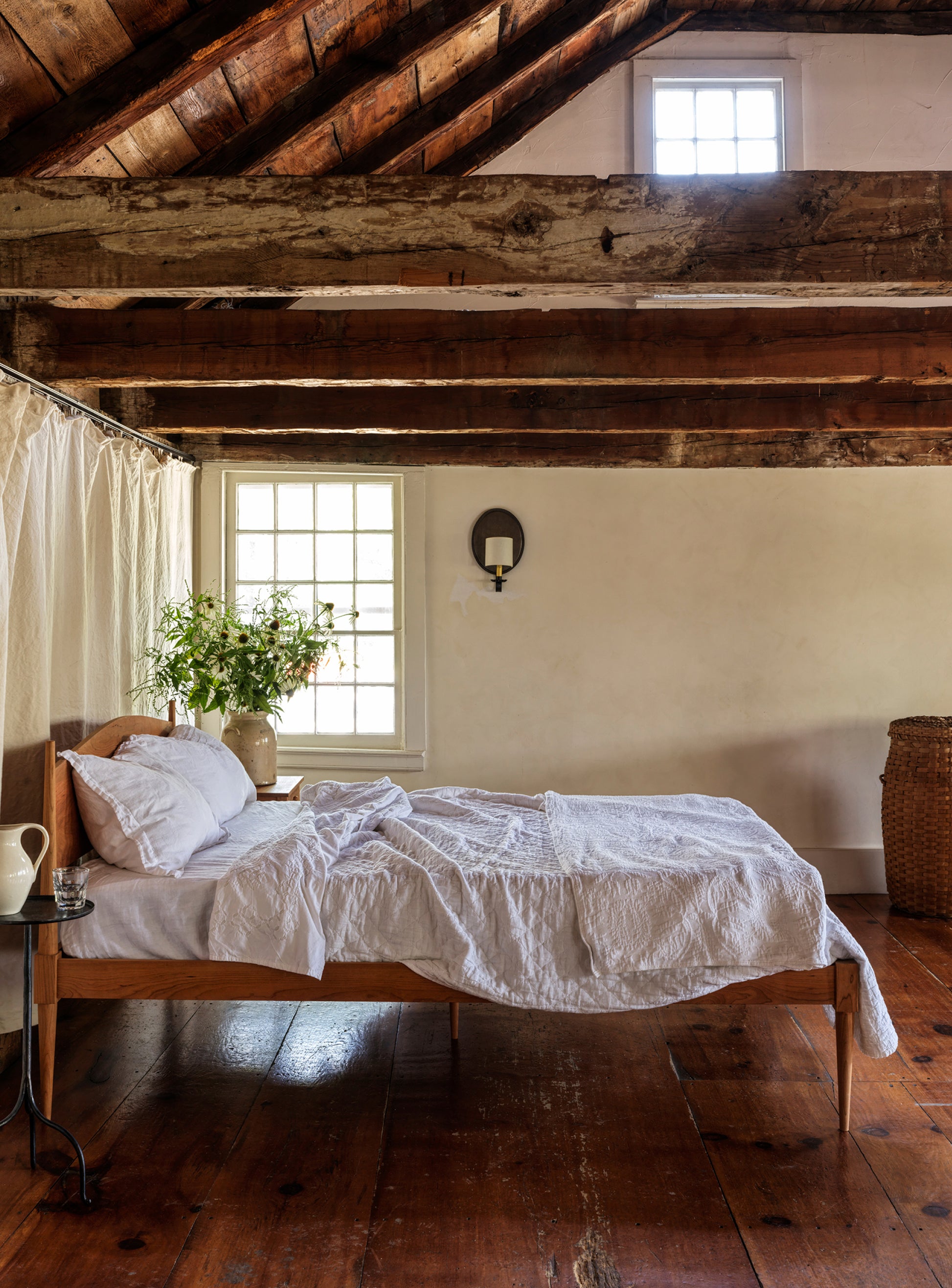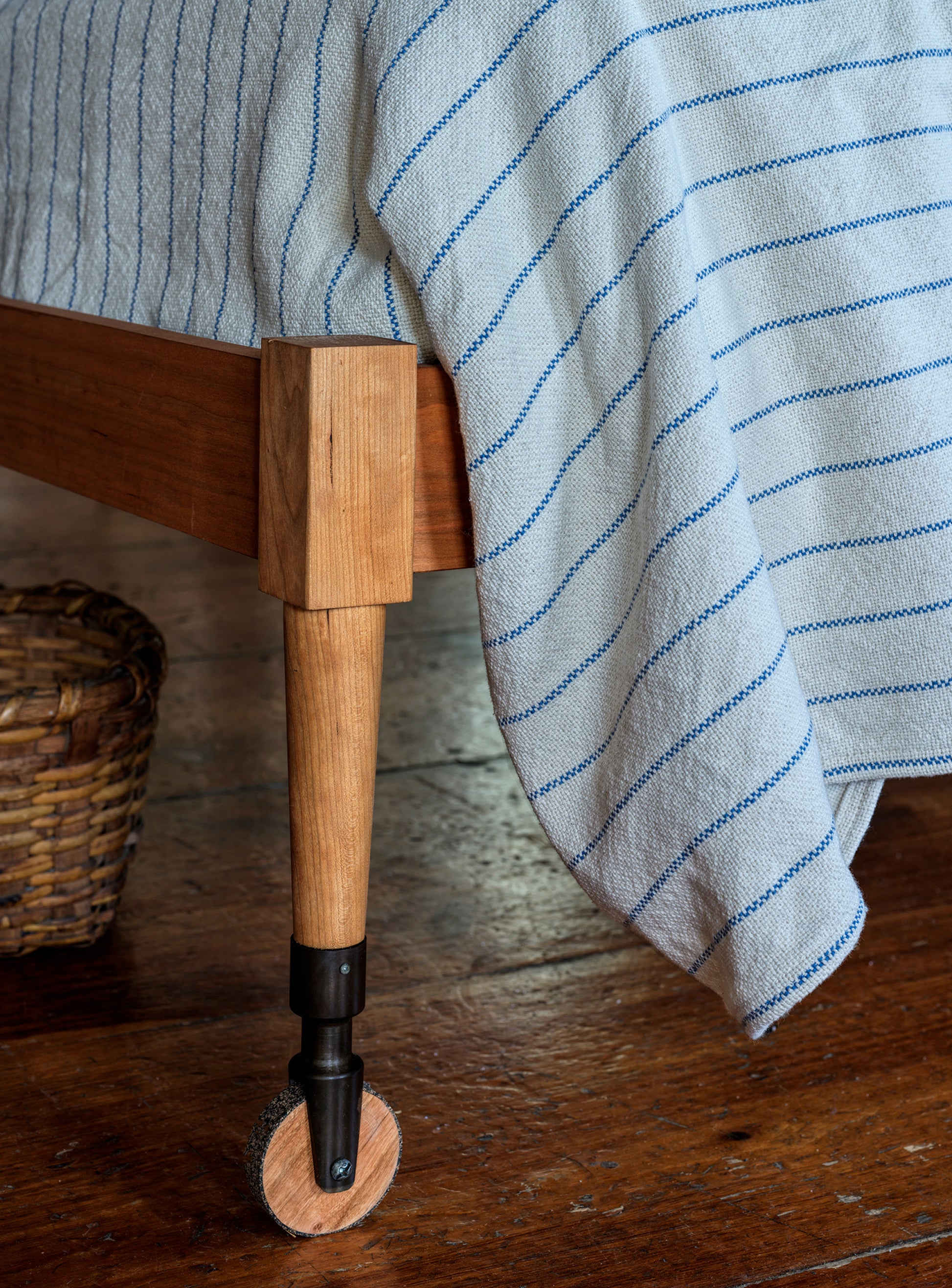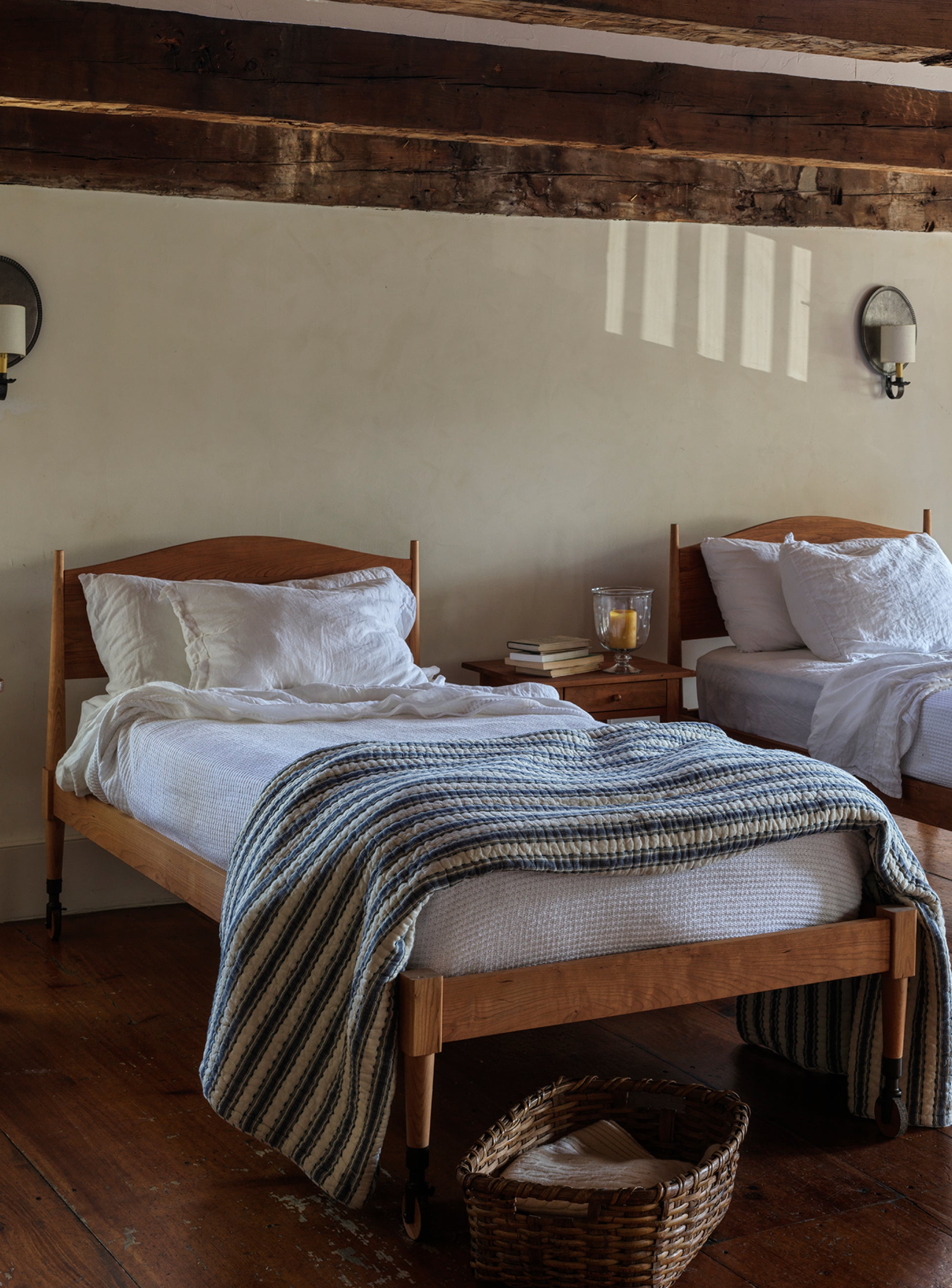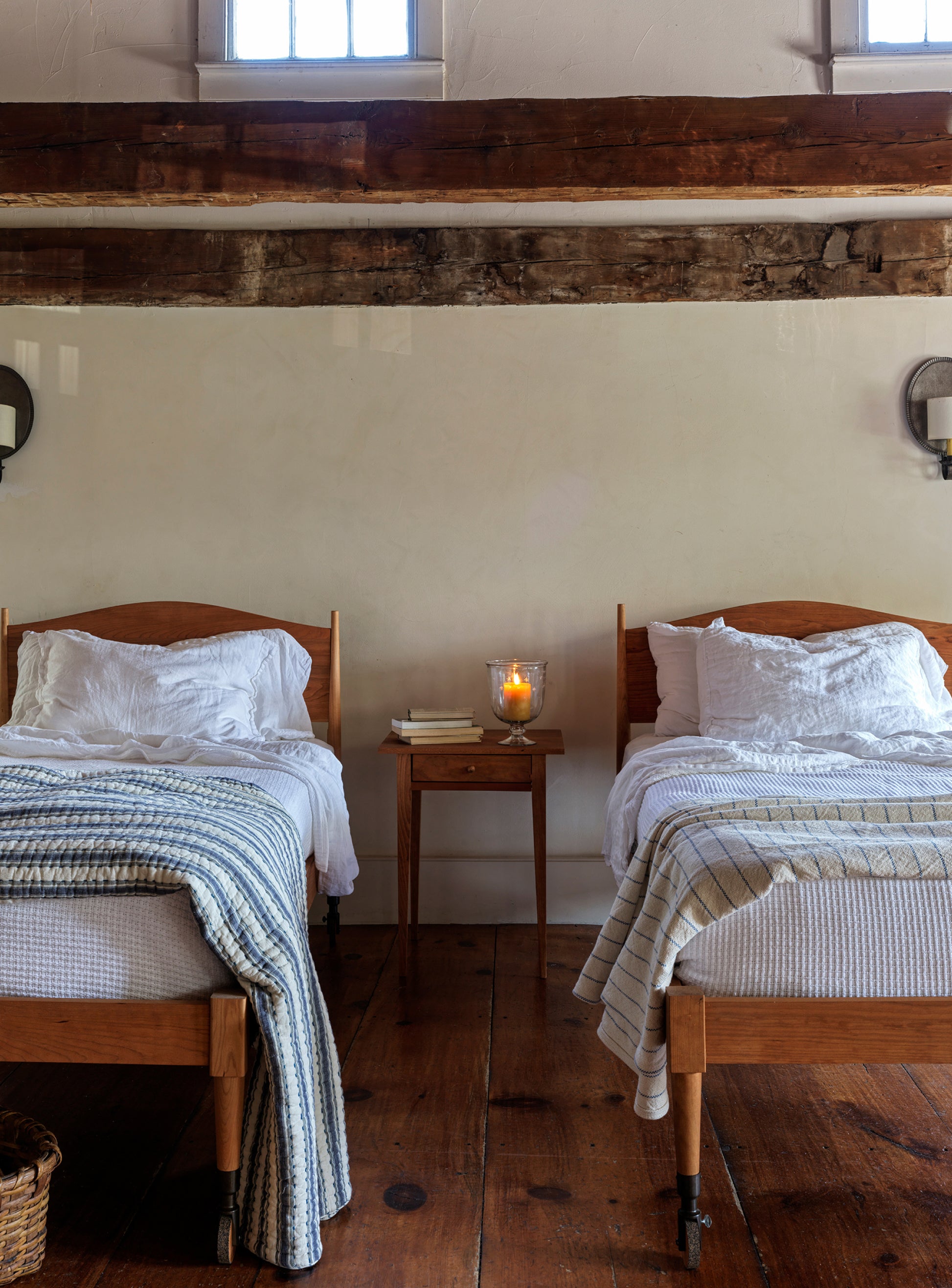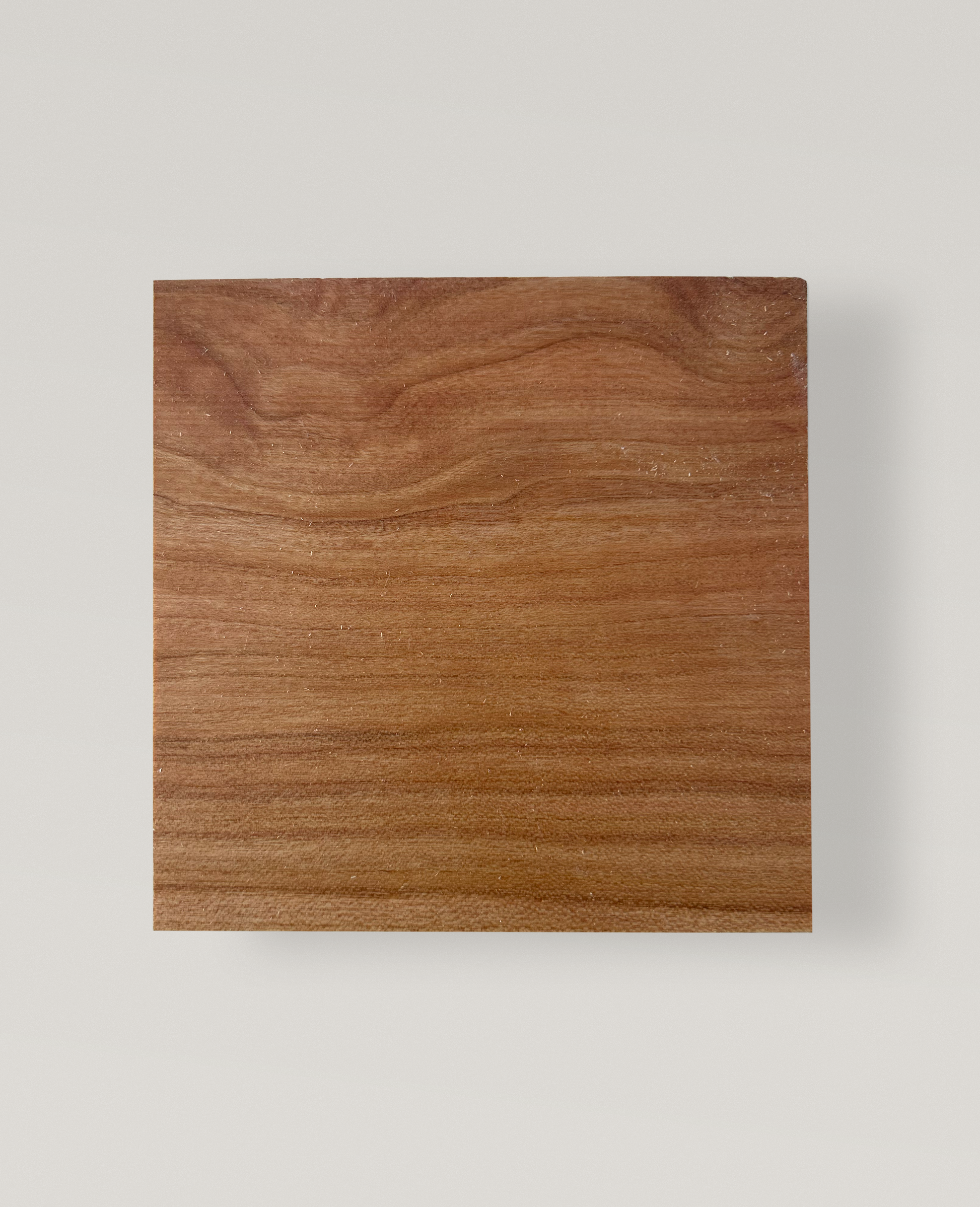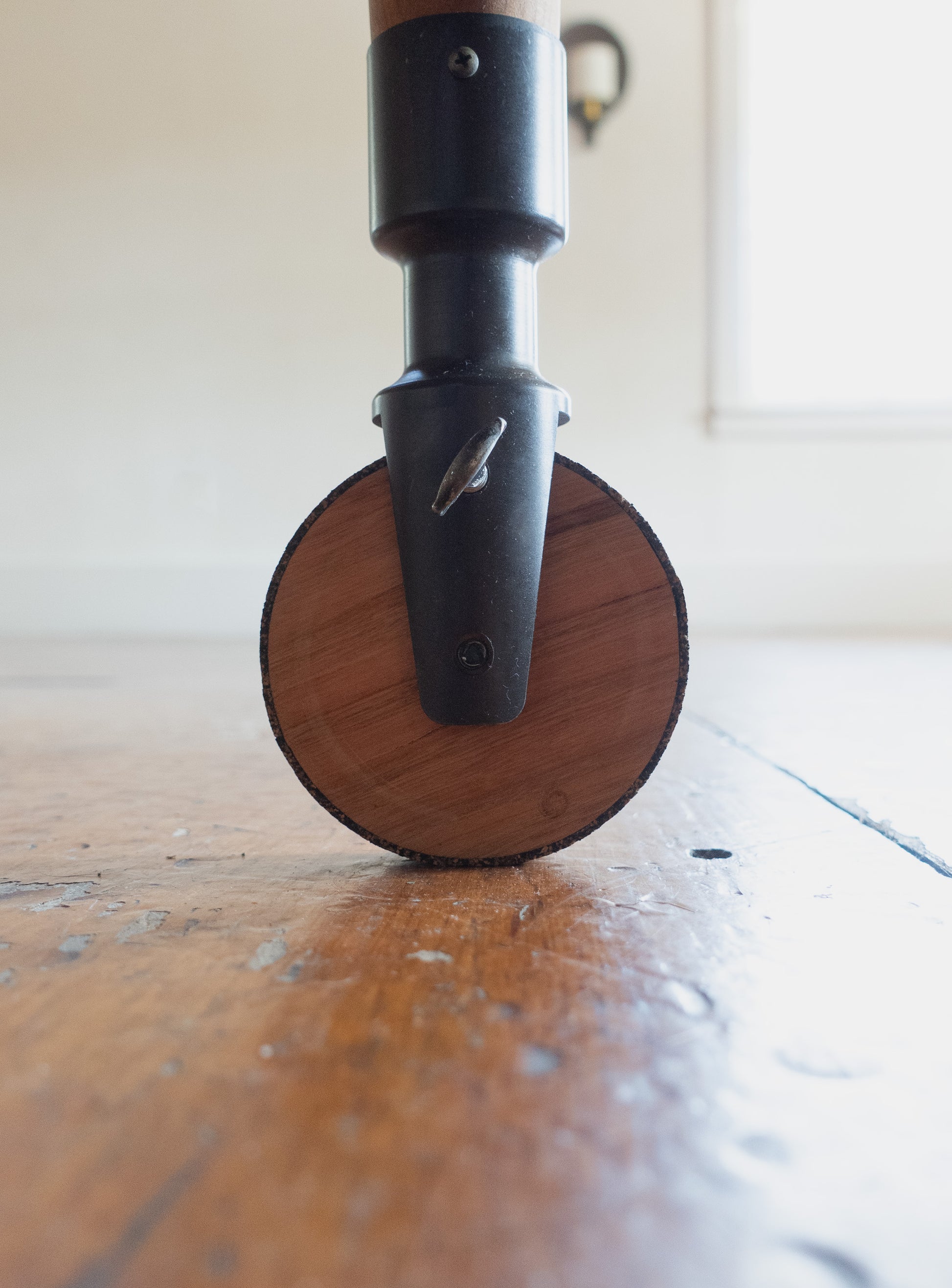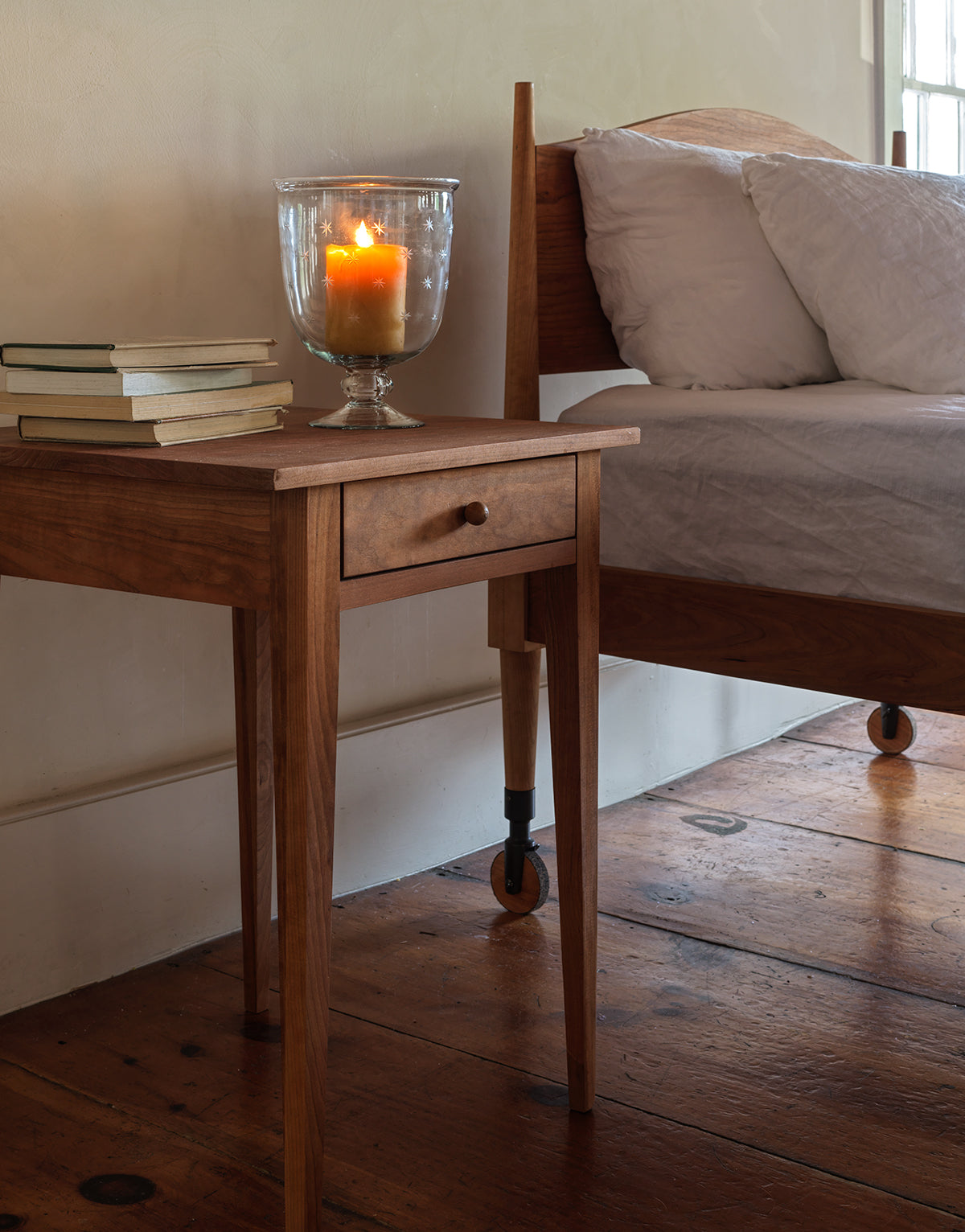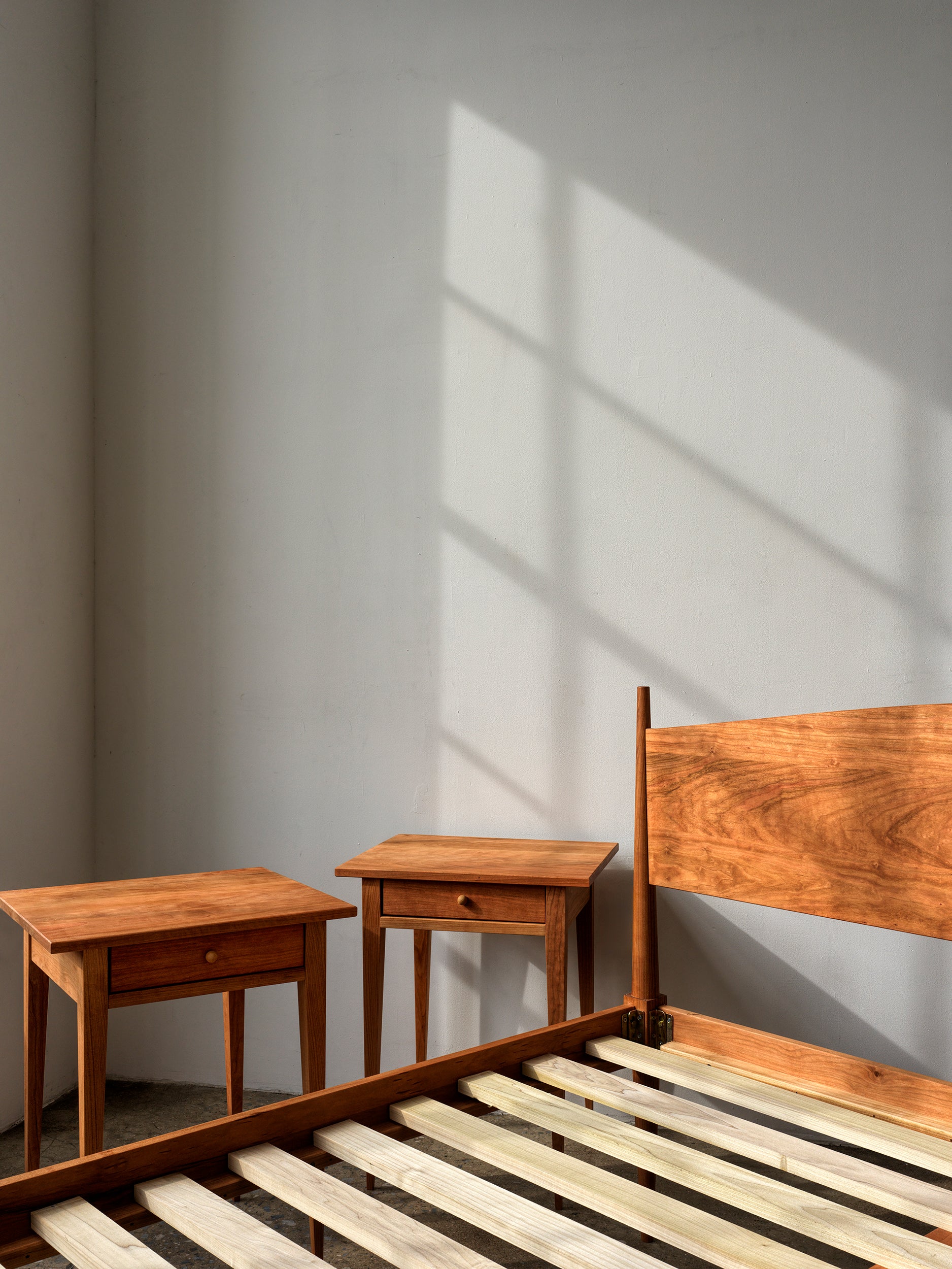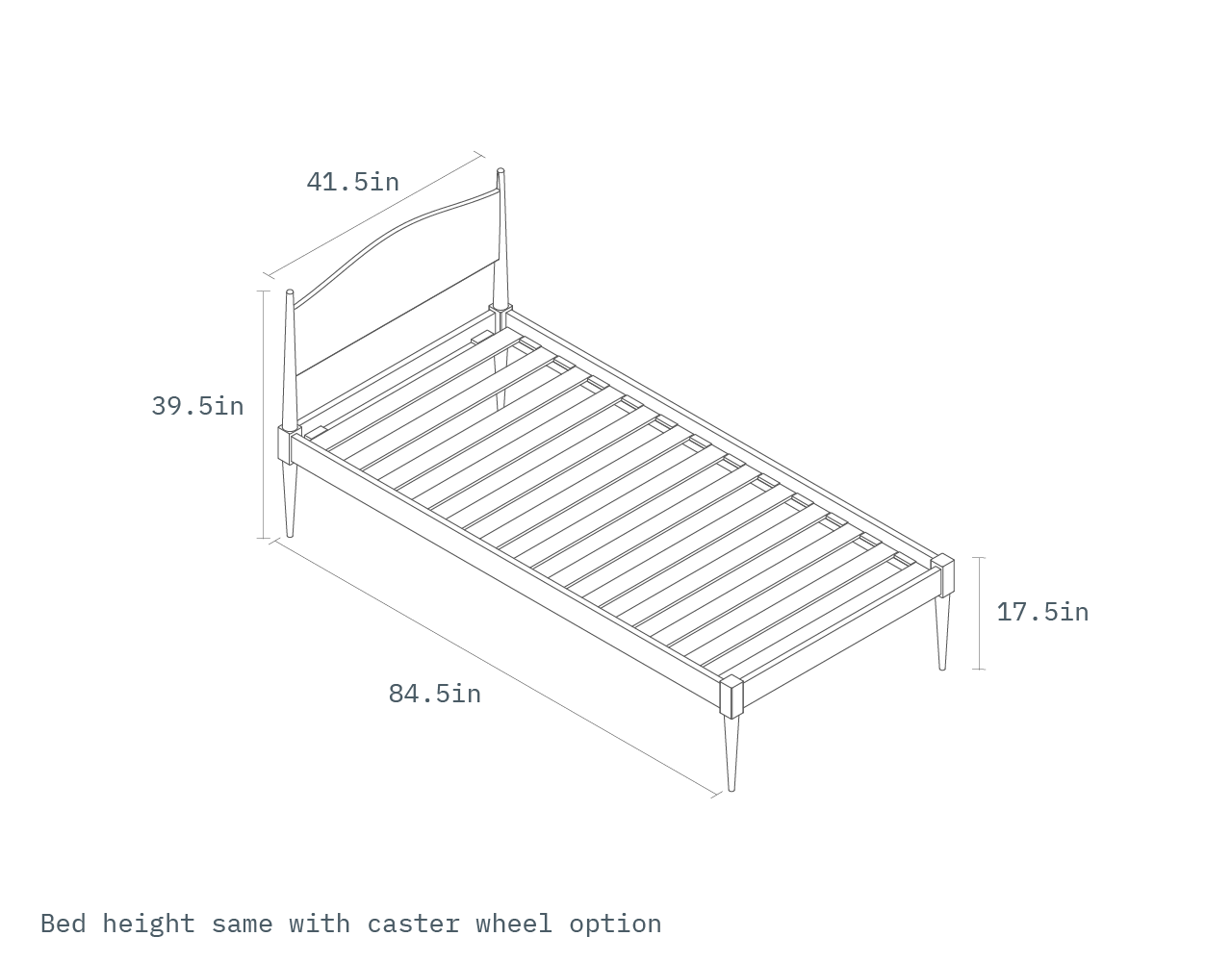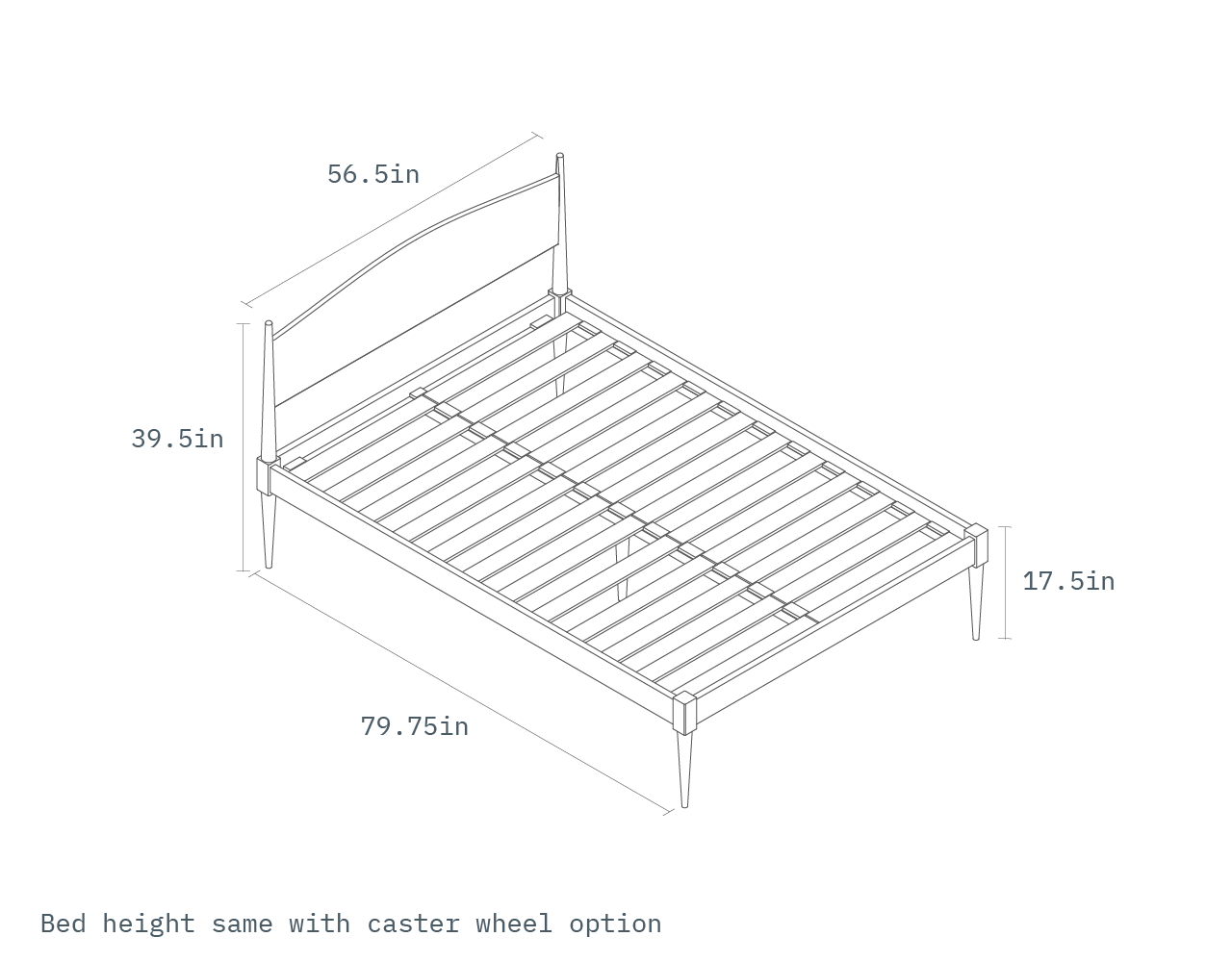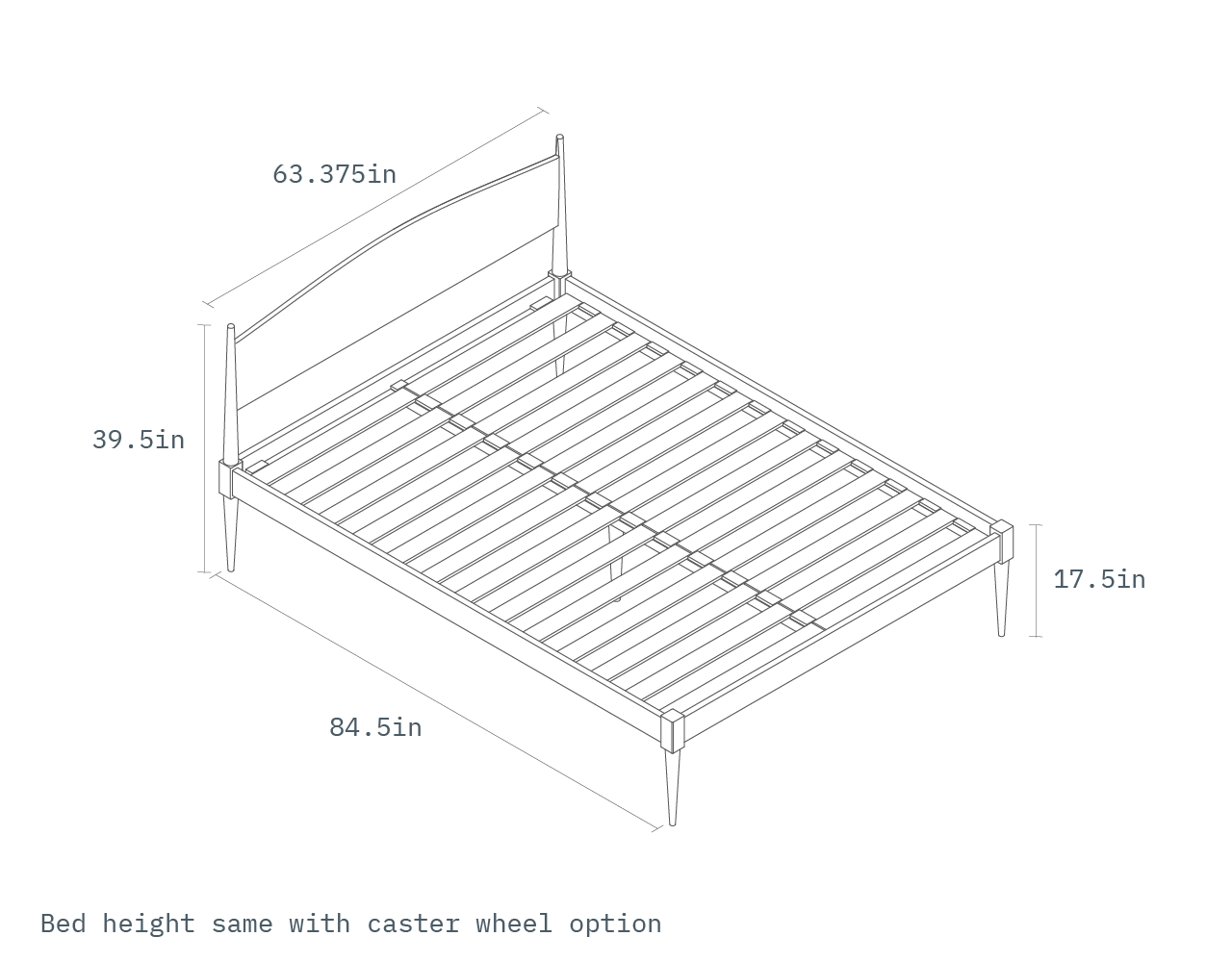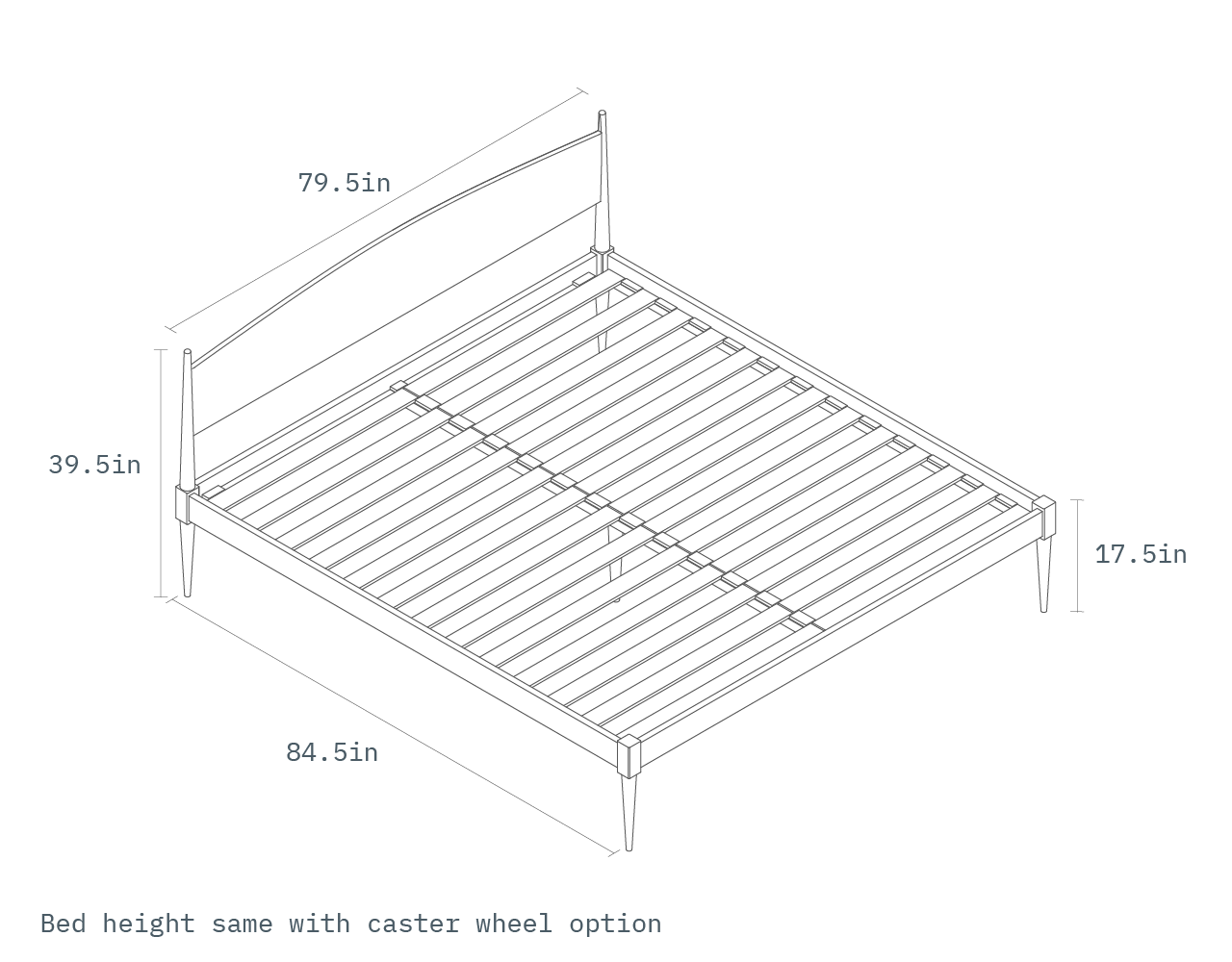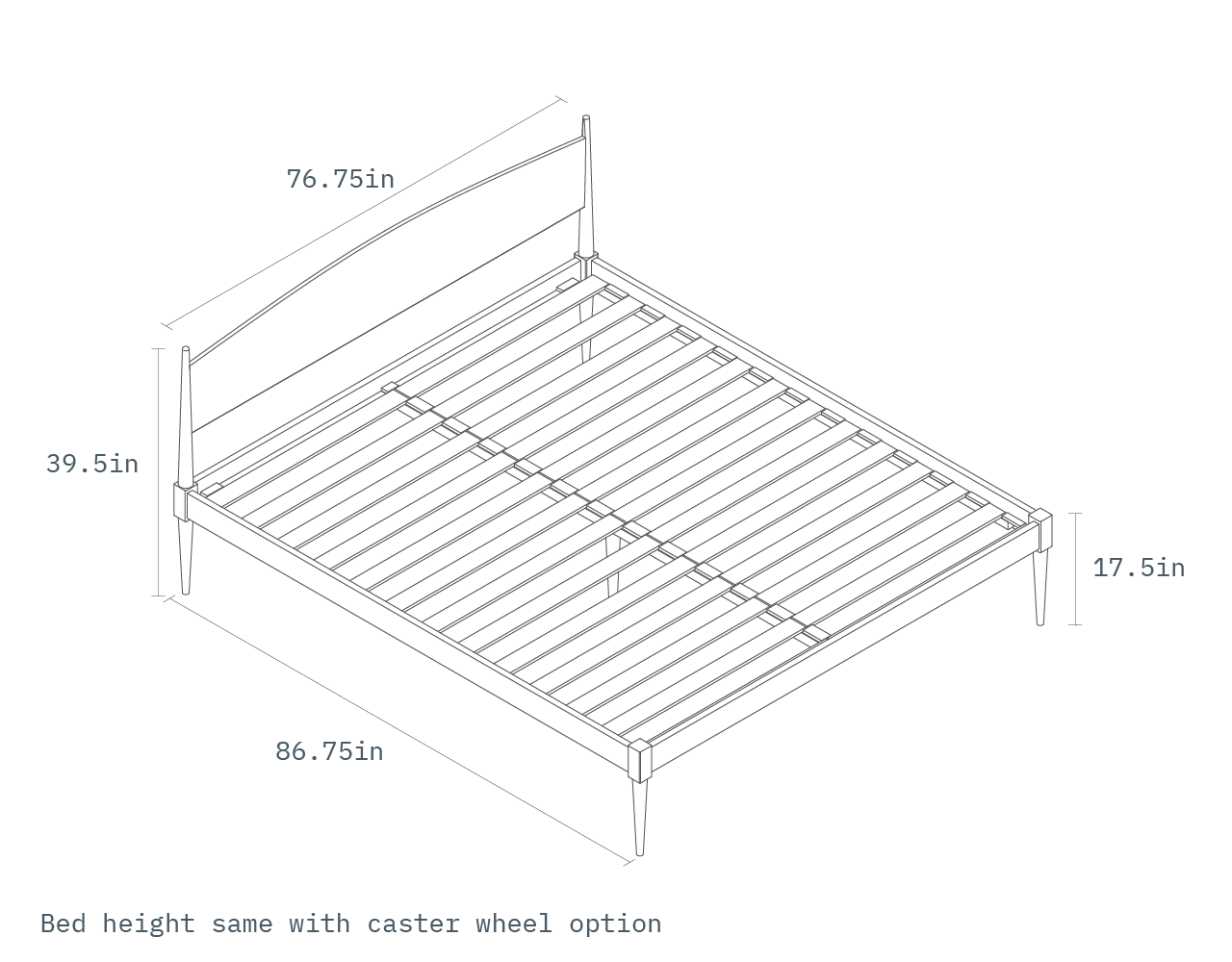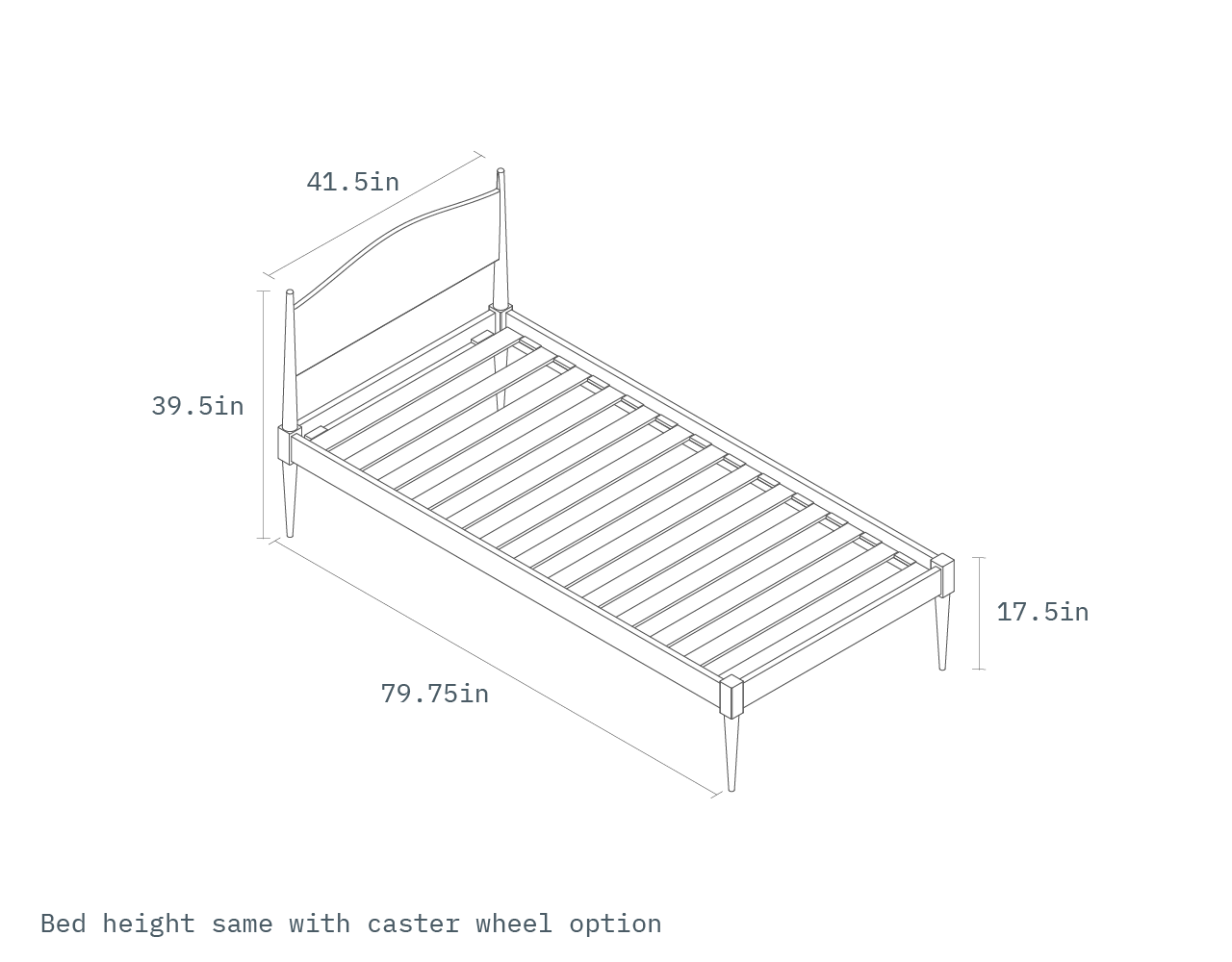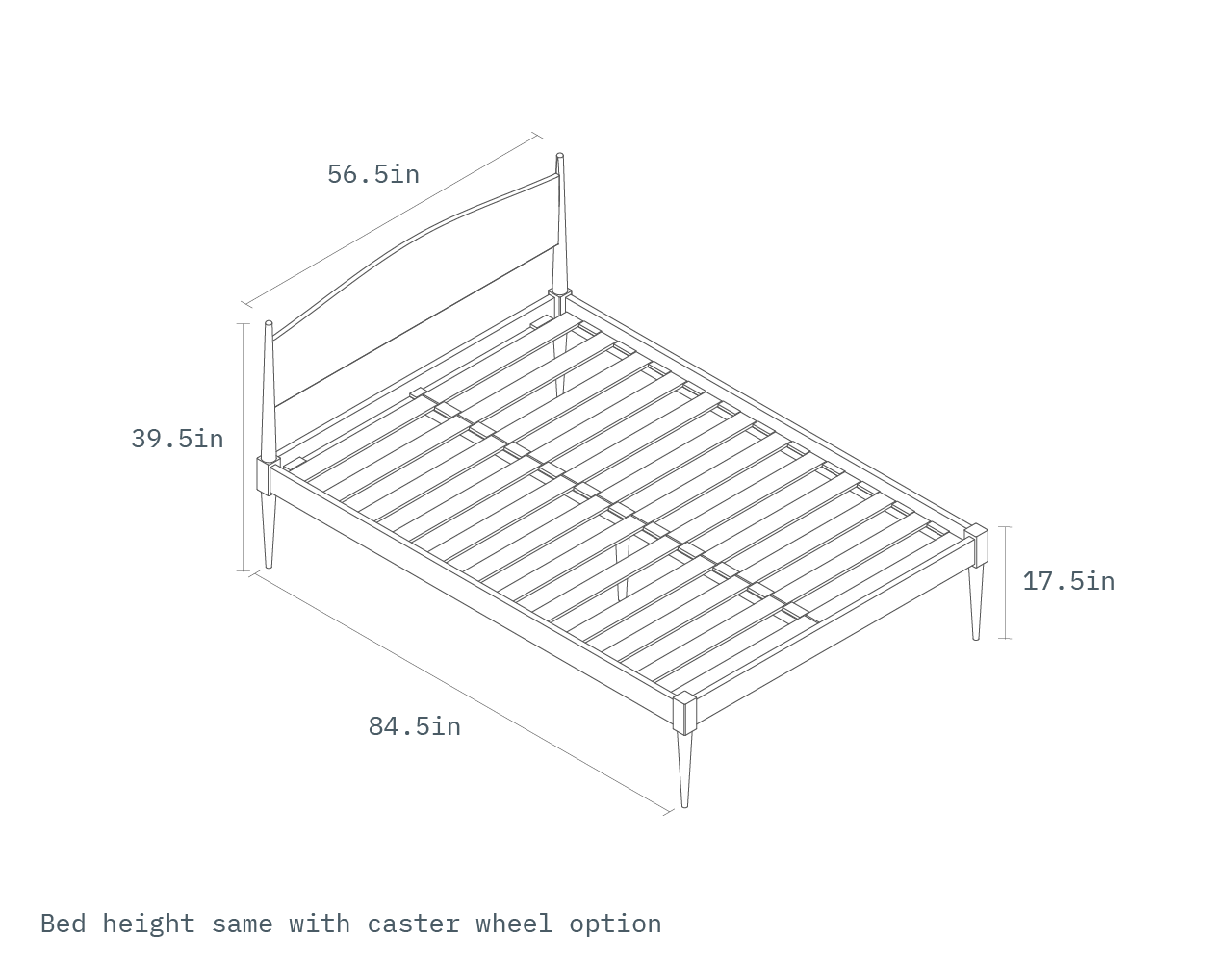The Roseland Bed
The Roseland Bed
Couldn't load pickup availability
Description
Inspired by the sparse beauty of Shaker dormitories at Hancock Village, MA, our bed is crafted from solid American Cherry or Black Walnut. The design philosophy is slow and sturdy, with single-stave rails and posts, and a ¾-inch-thick headboard made from three carefully selected boards.
A slotted dado joint in the headboard posts allows for your choice of headboard face. For long-term durability and a quiet, rigid connection, we use surface-mounted Häfele steel mortise-and-tenon brackets. Optional machined carbon steel casters remain true to the originals, with the added benefit of a lockable position for zero roll.
Each bed is hand-rubbed with pure, raw linseed oil for a natural, zero-VOC finish. Even in the most contemporary setting, the bed’s understated lines feel quietly timeless.
To request wood samples, please contact us.
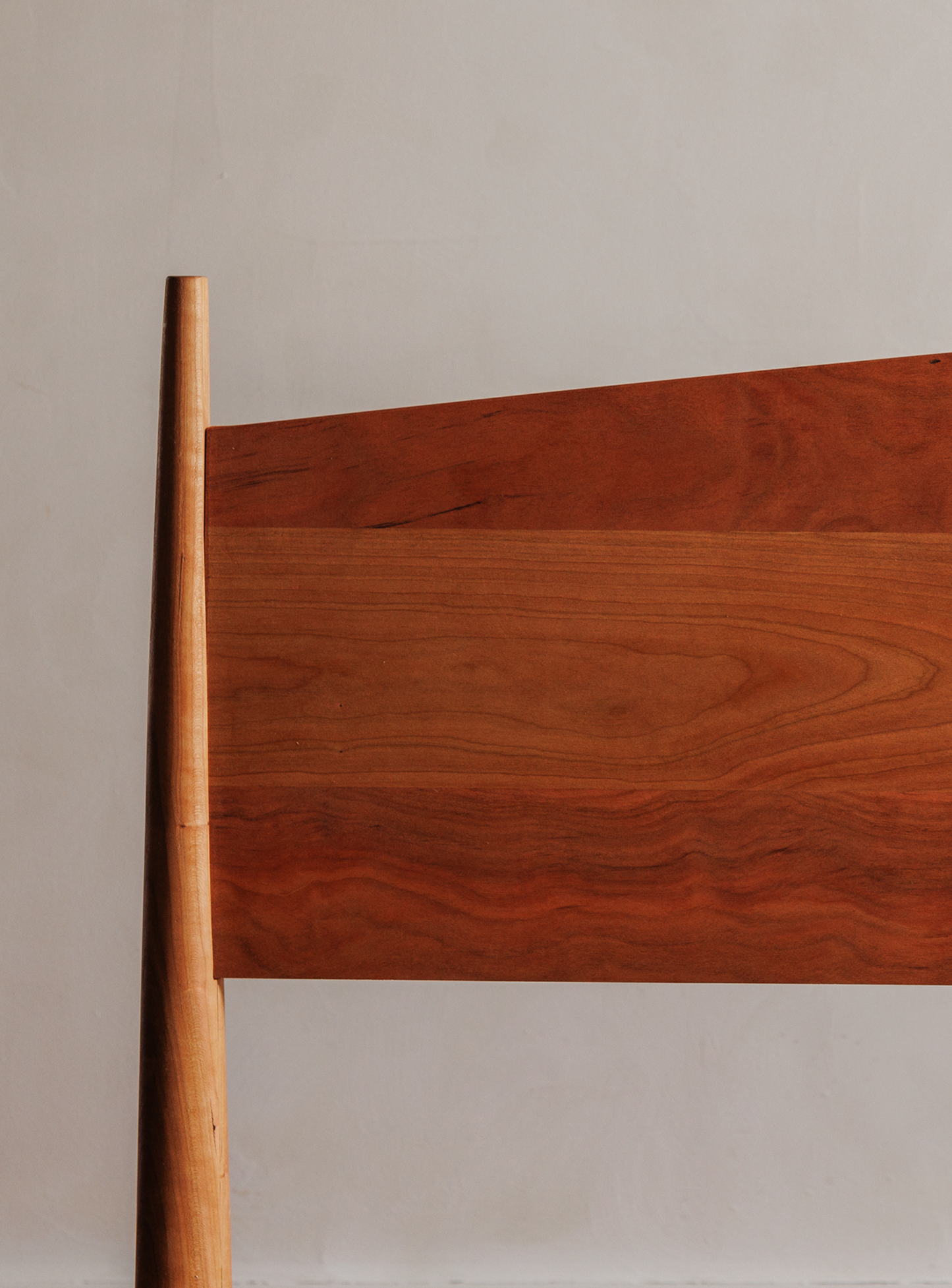
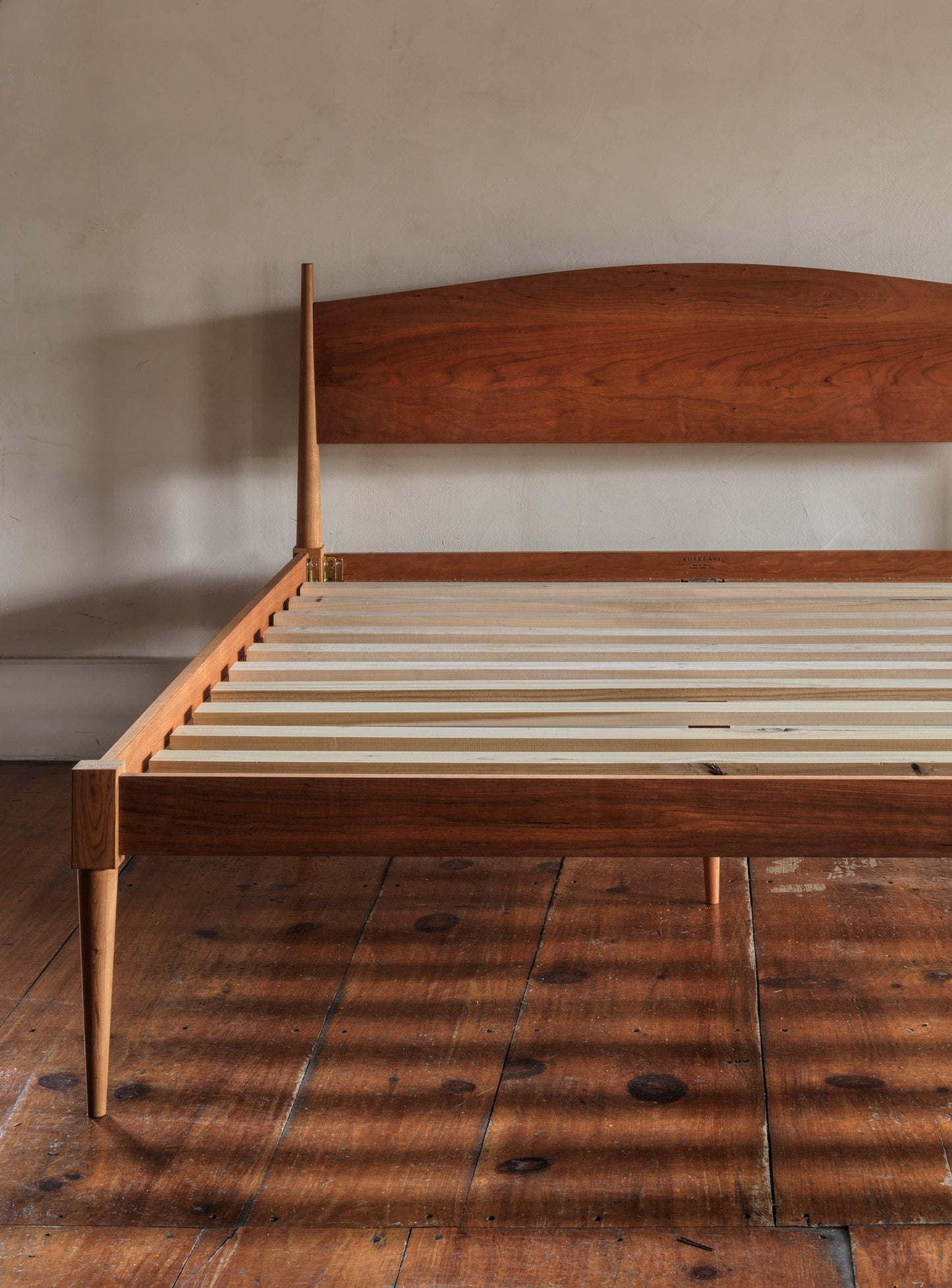
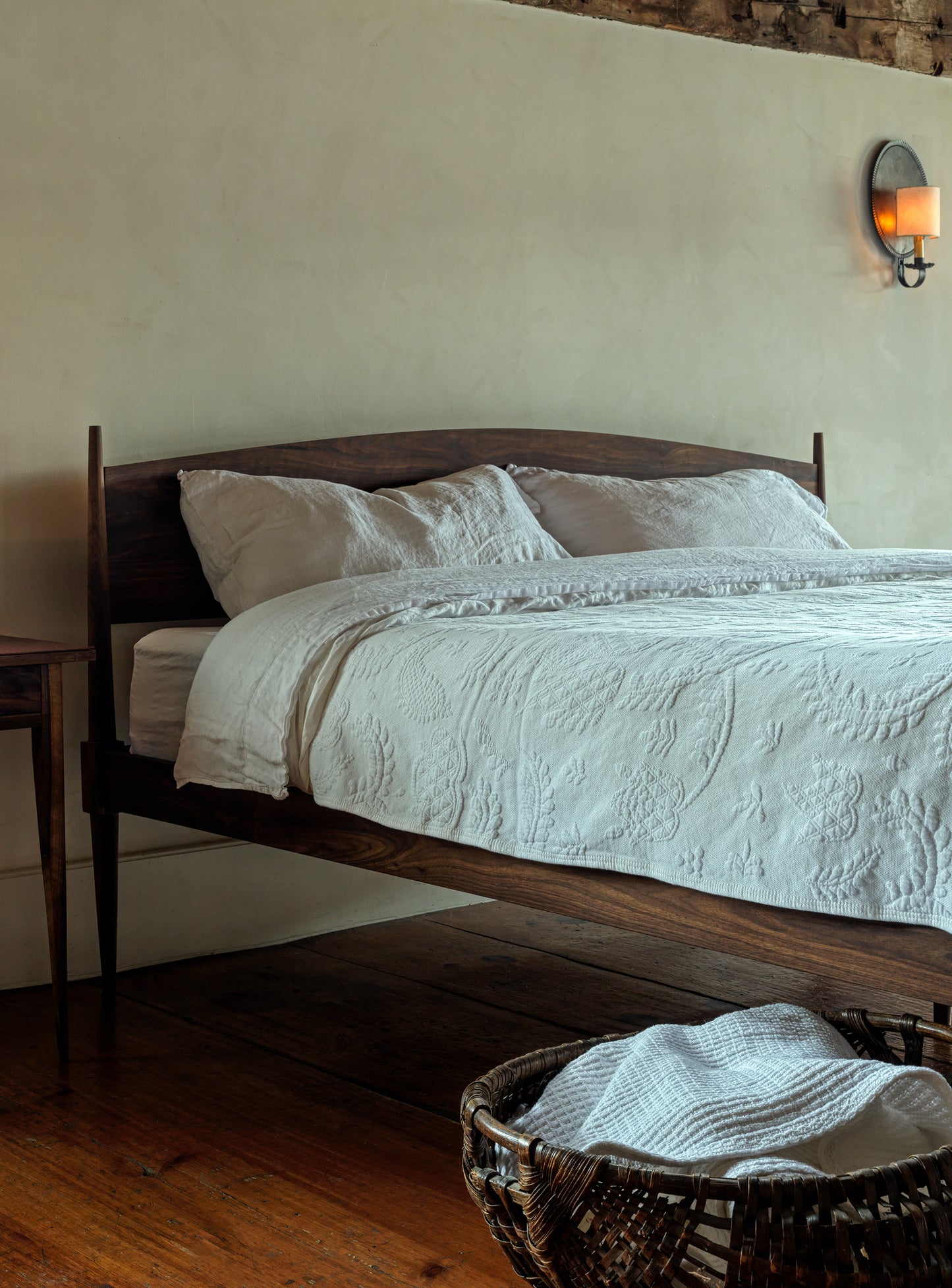
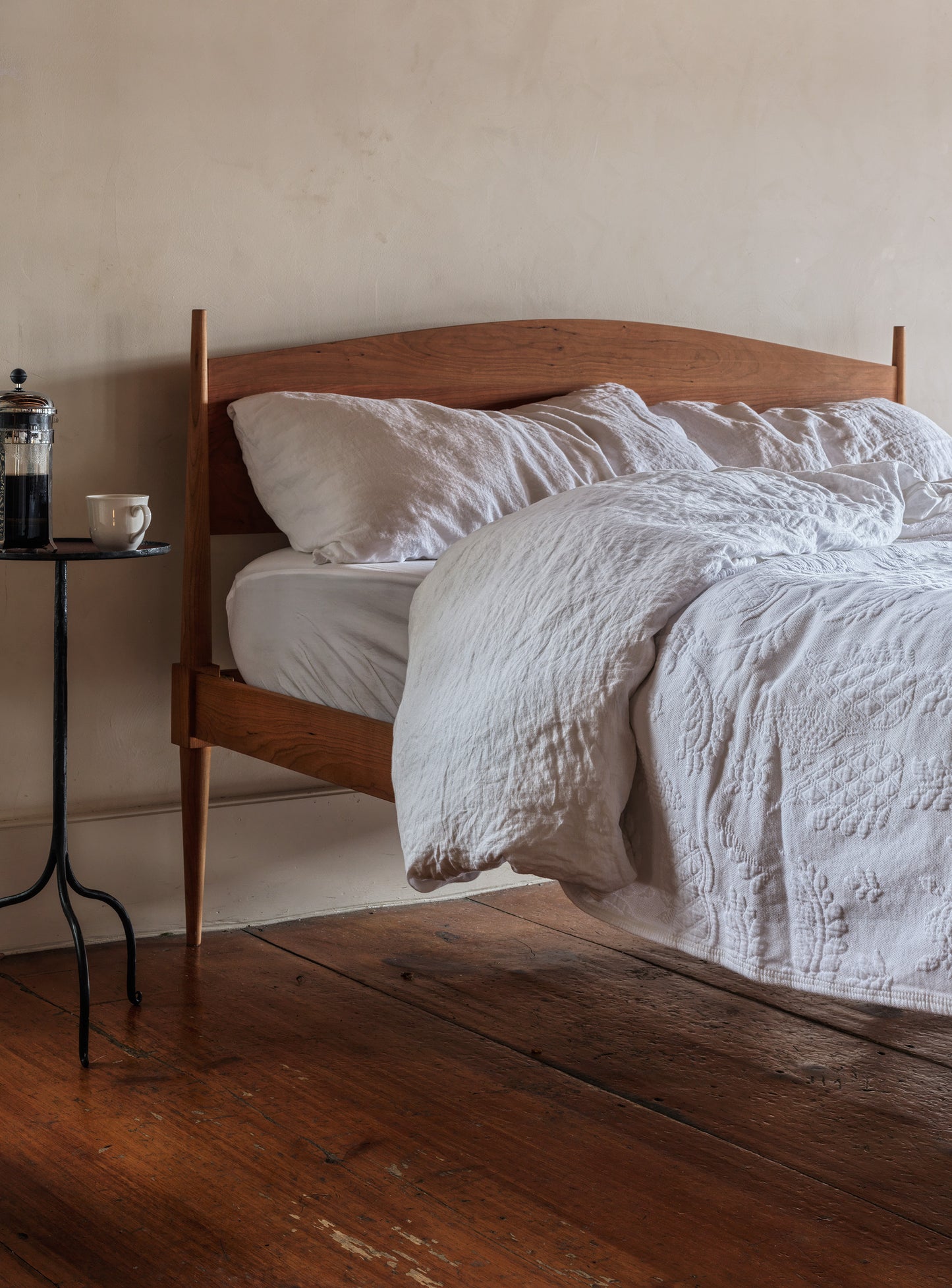
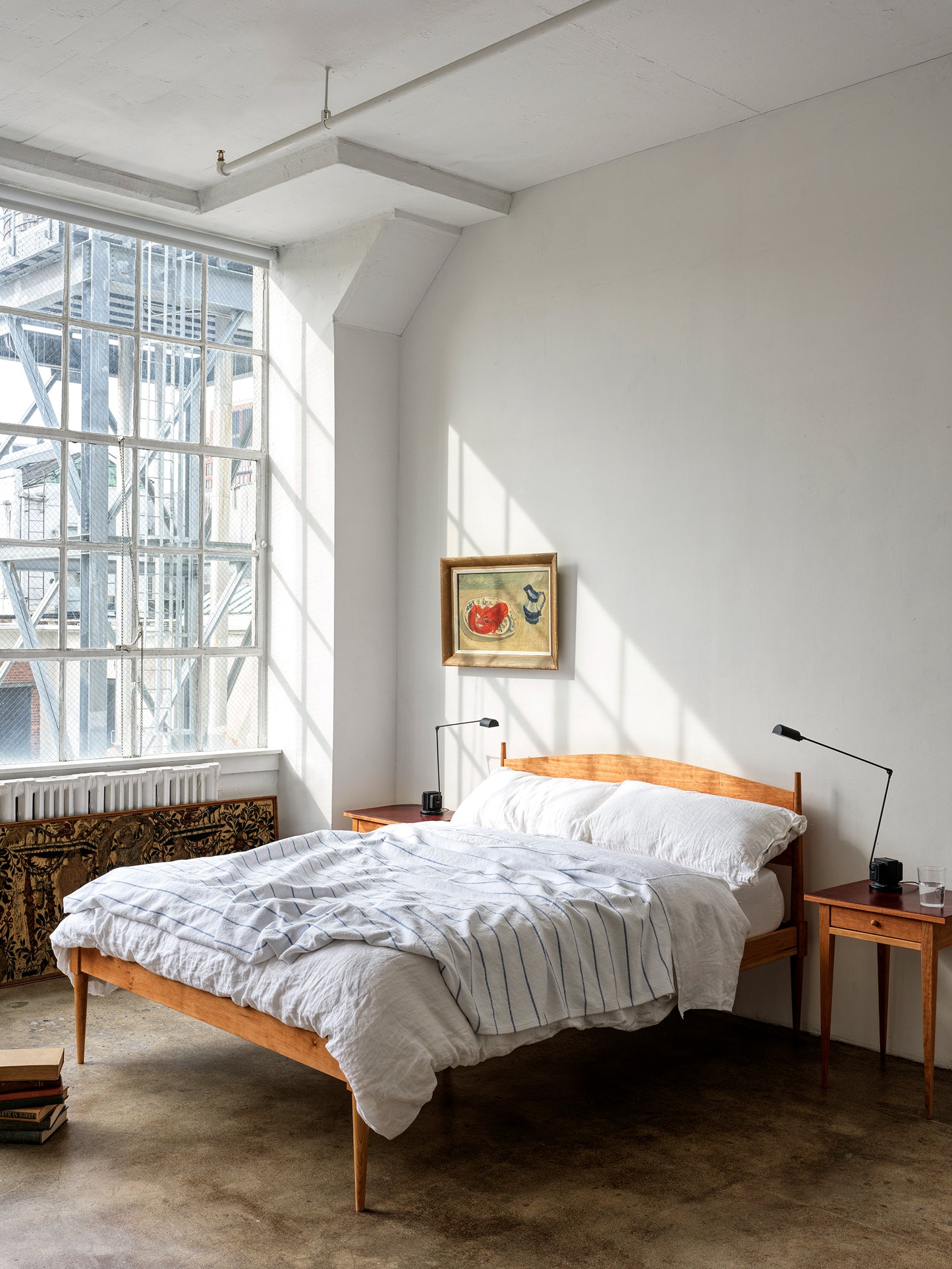
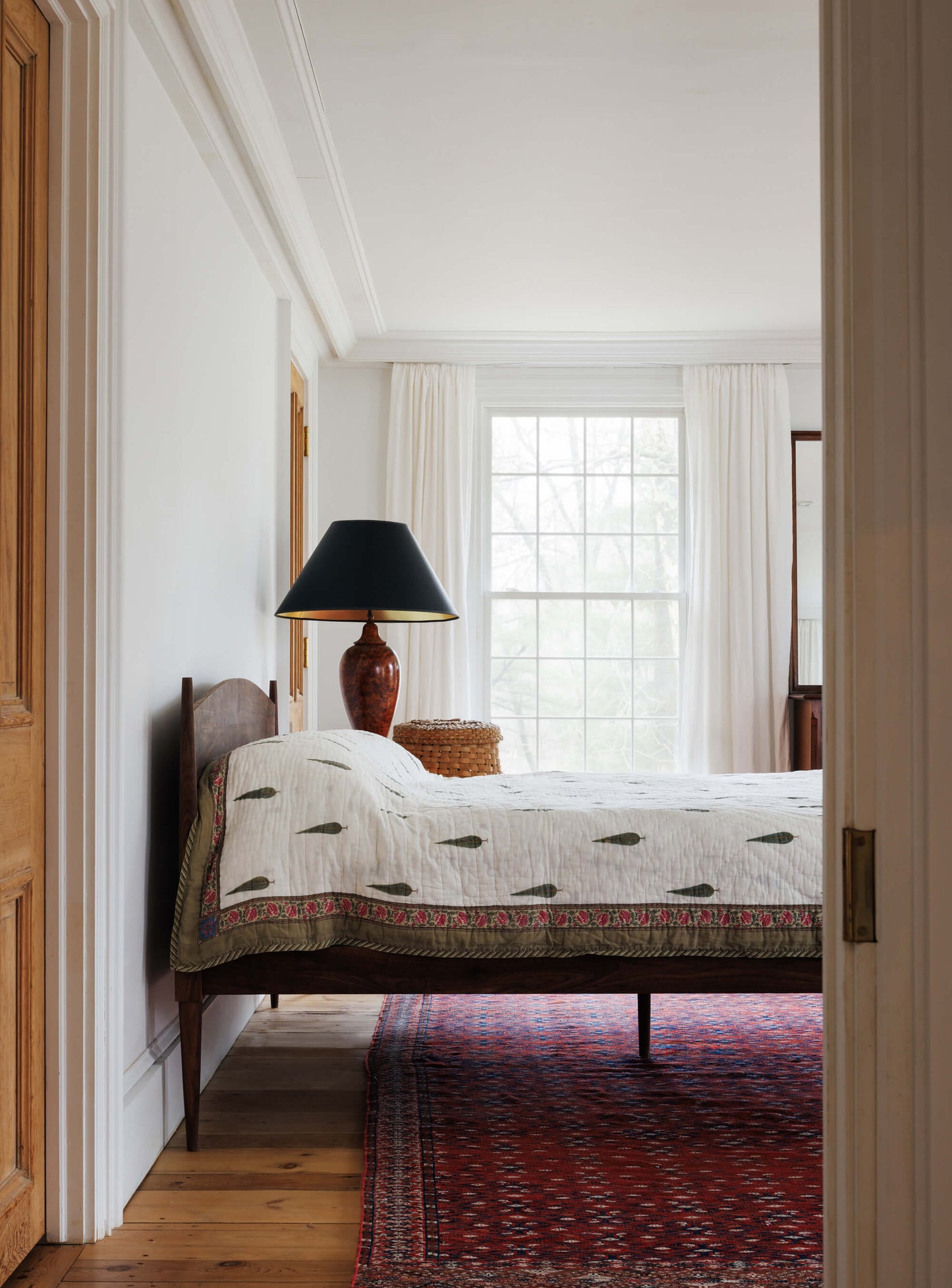
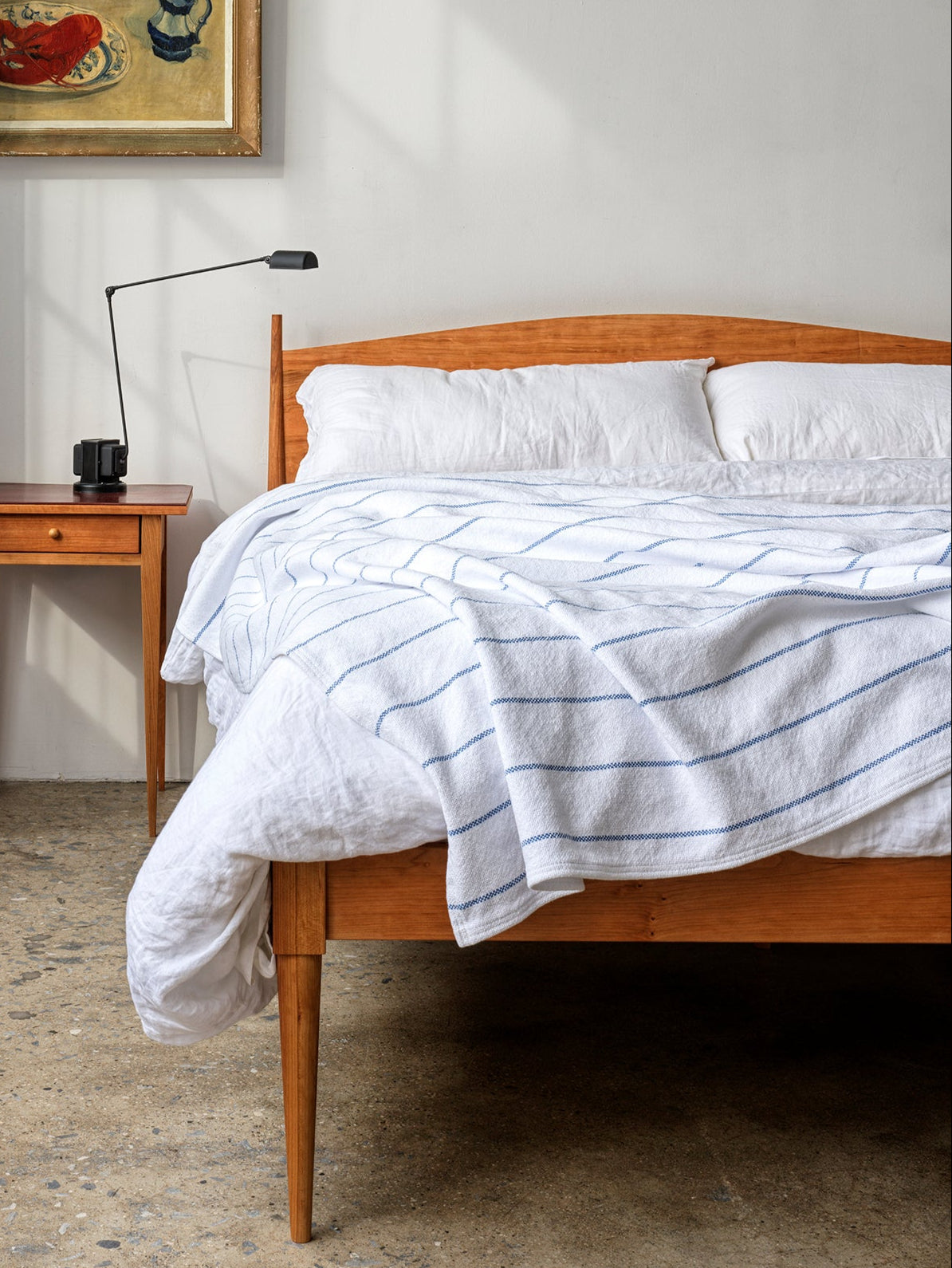
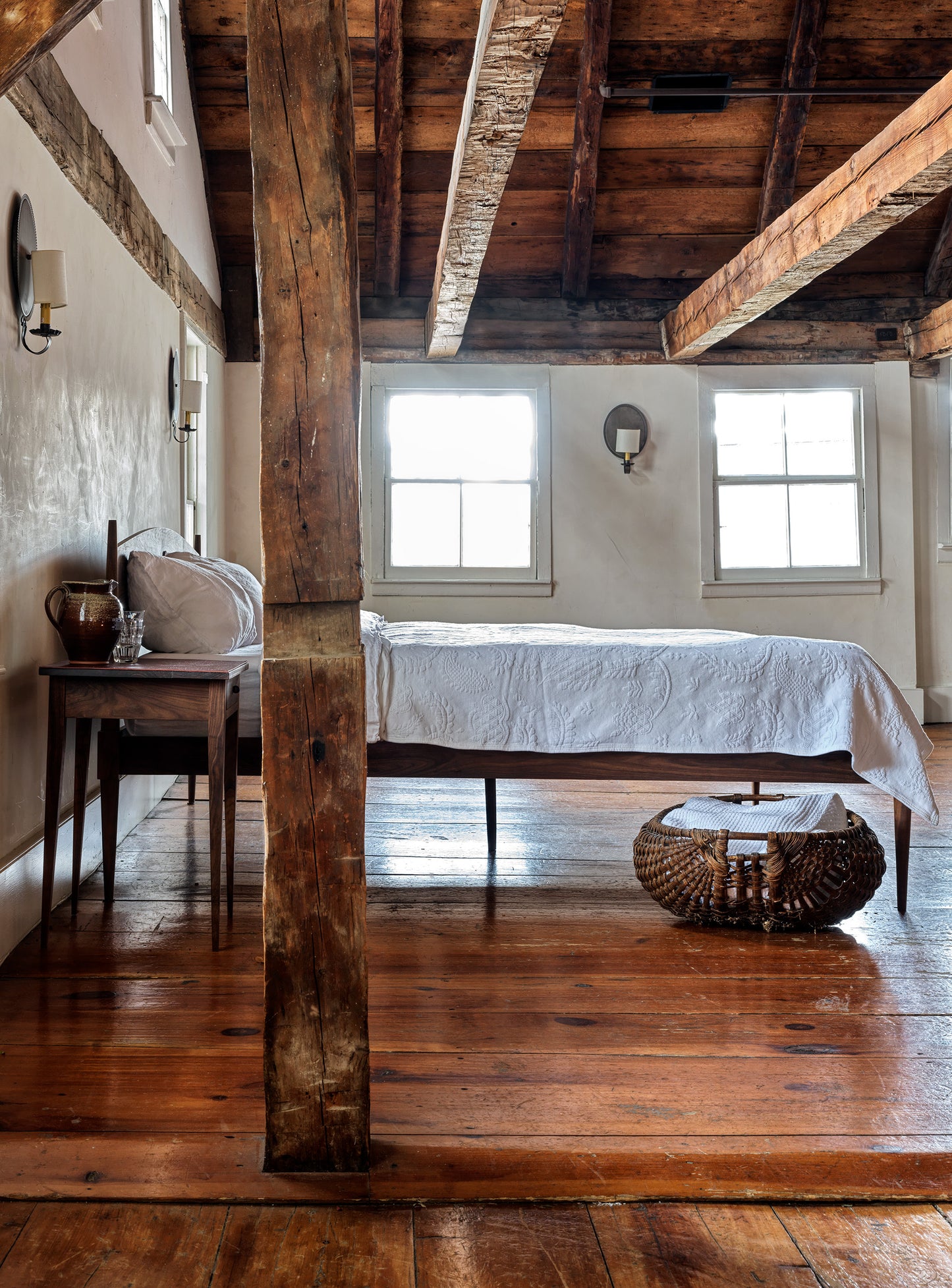
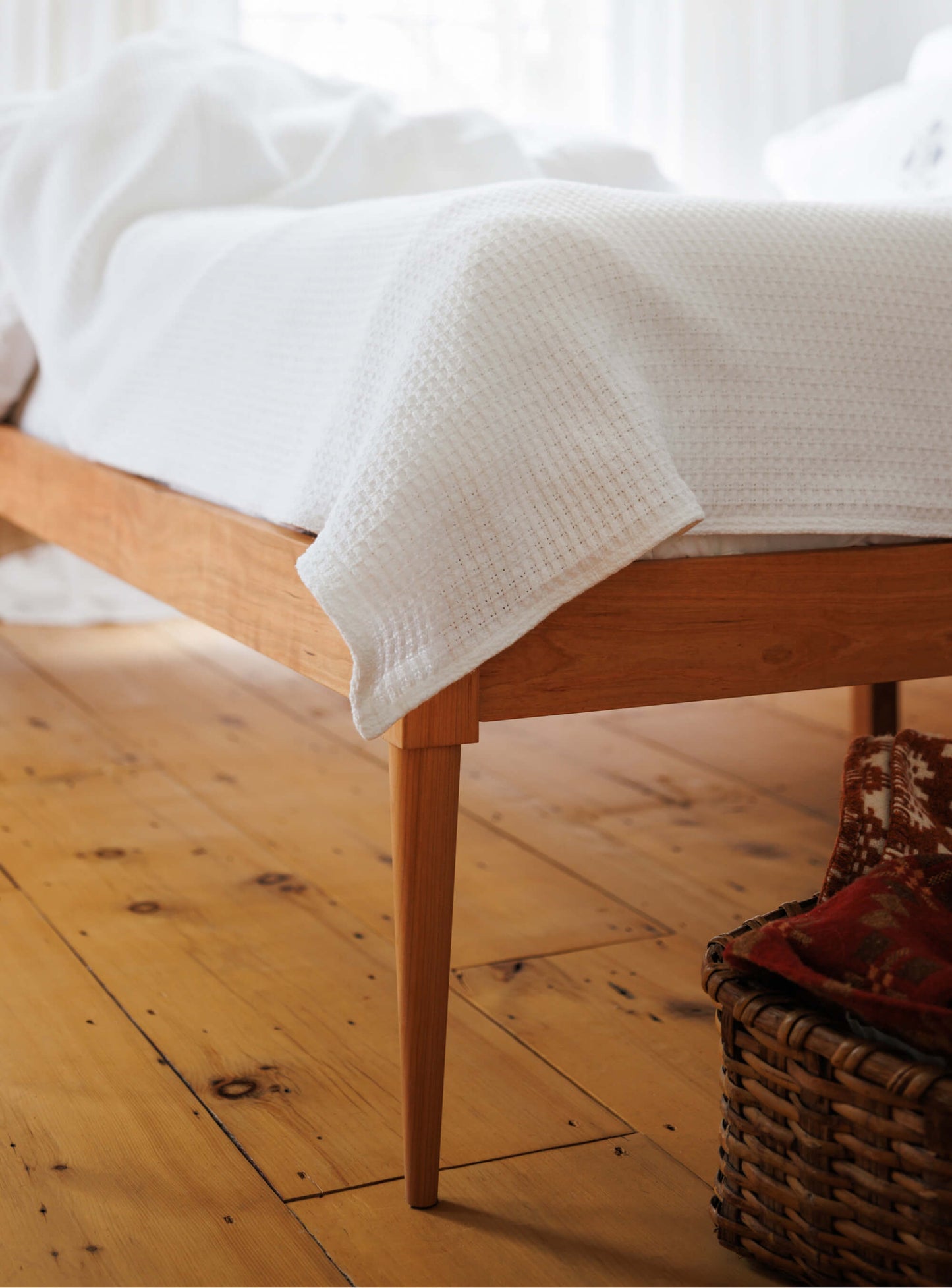
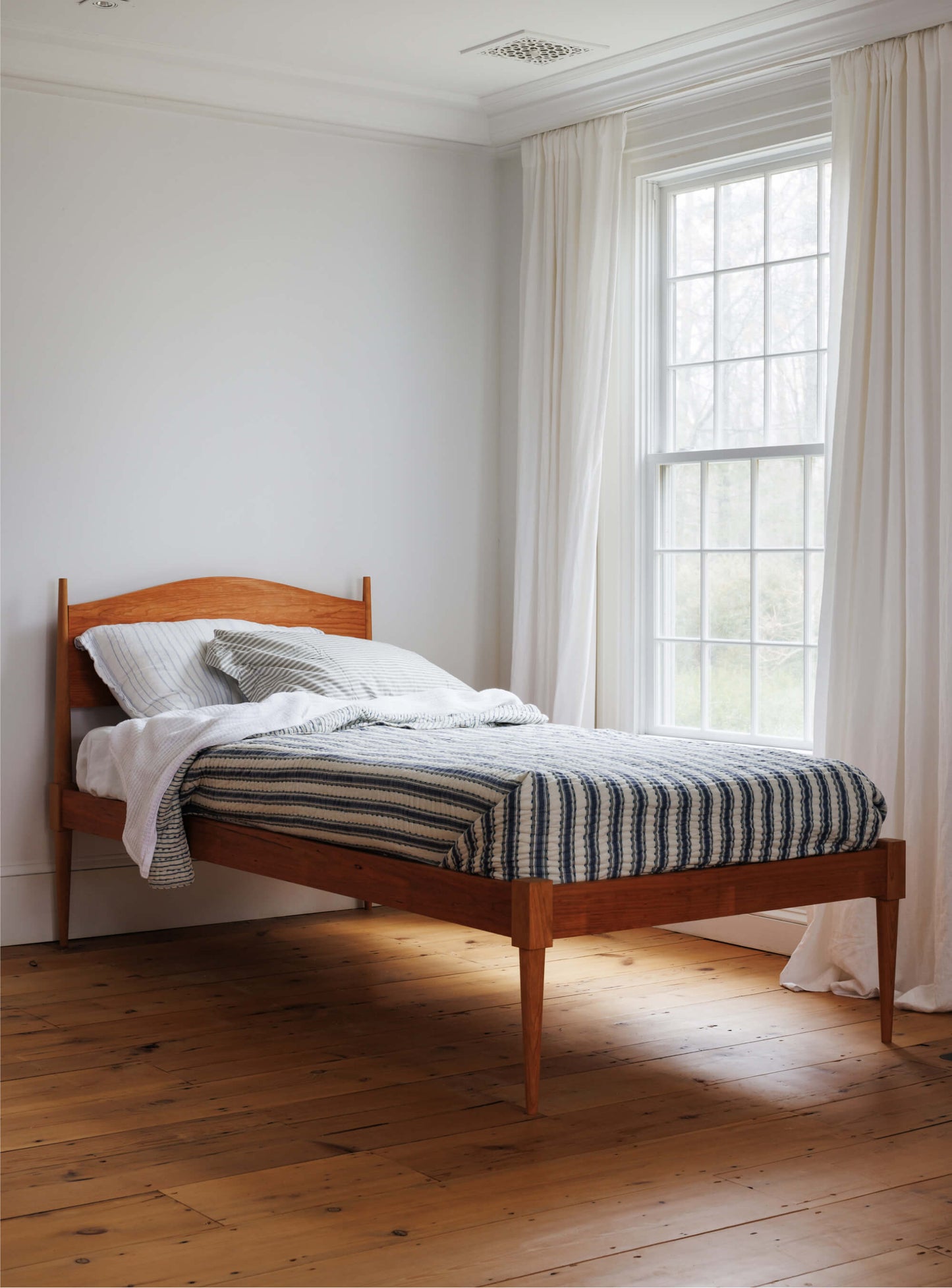
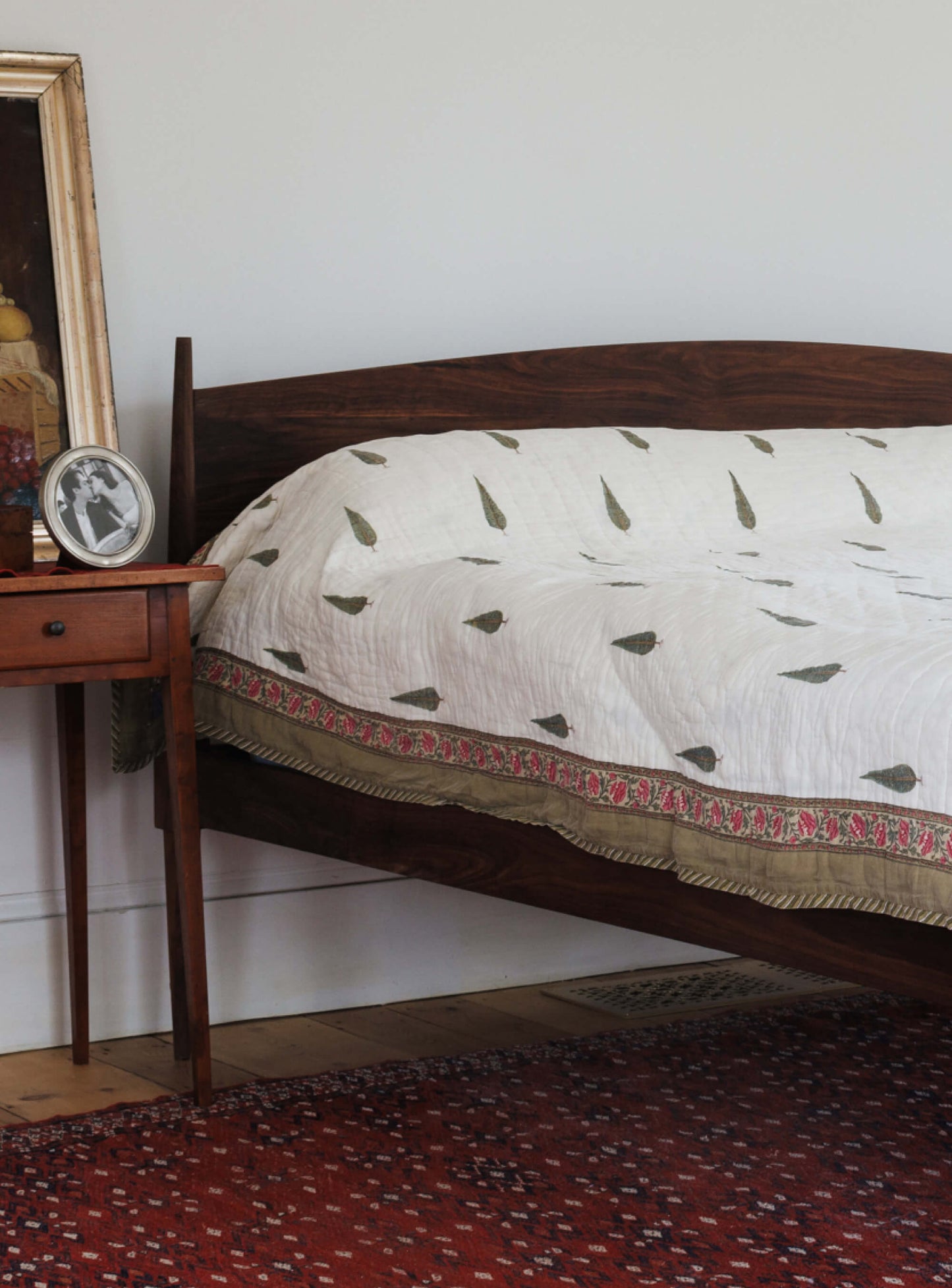
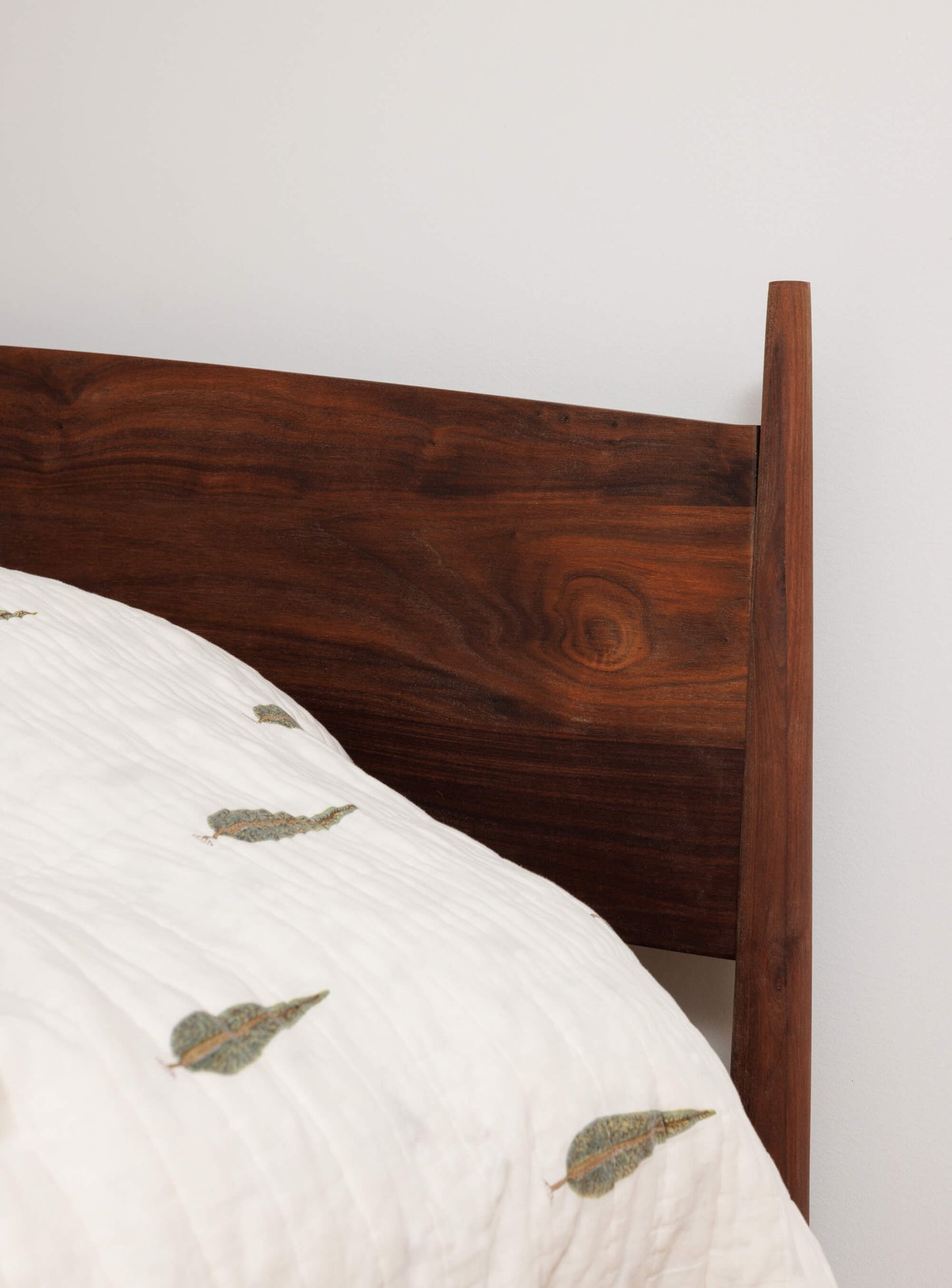
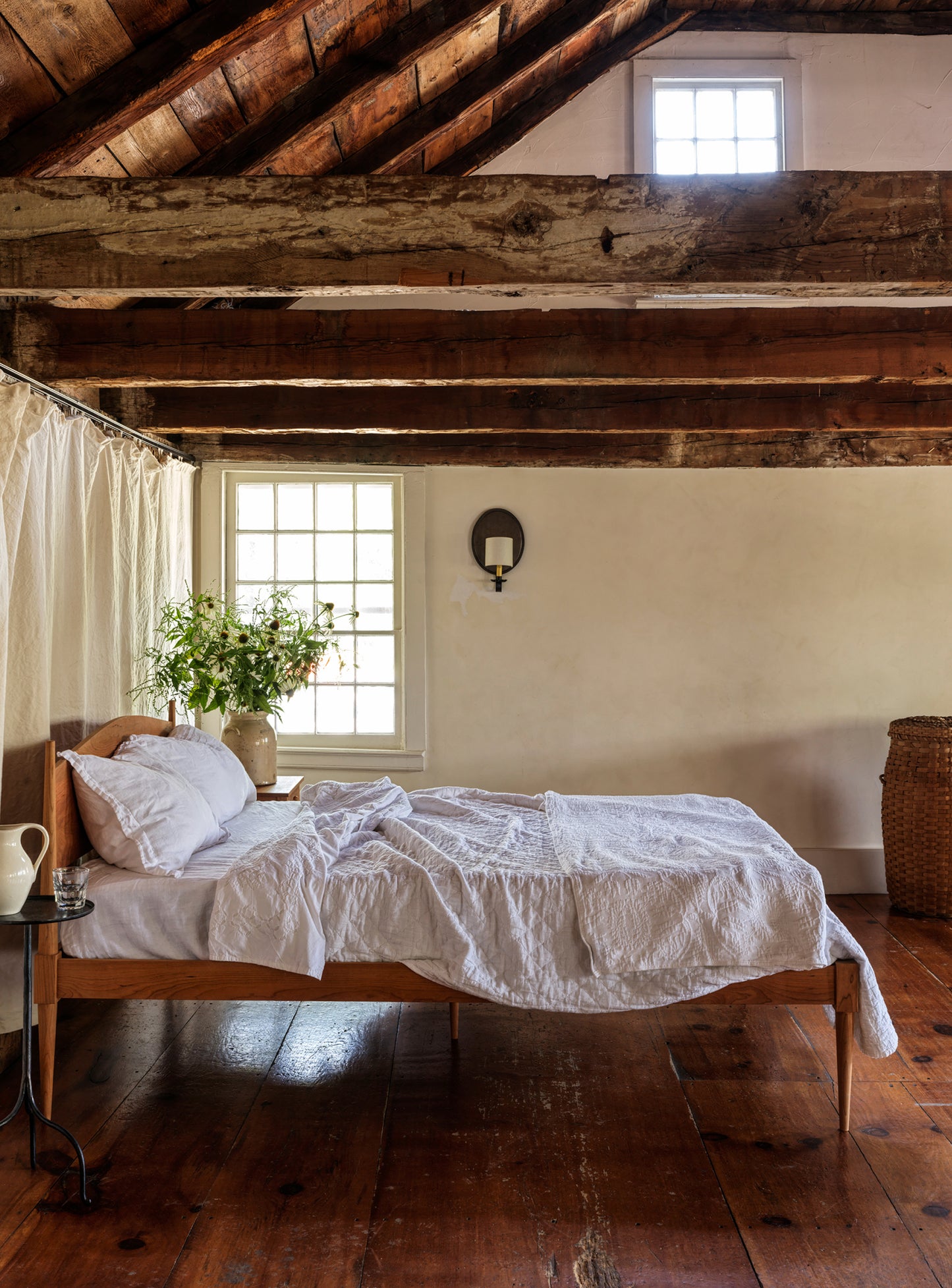
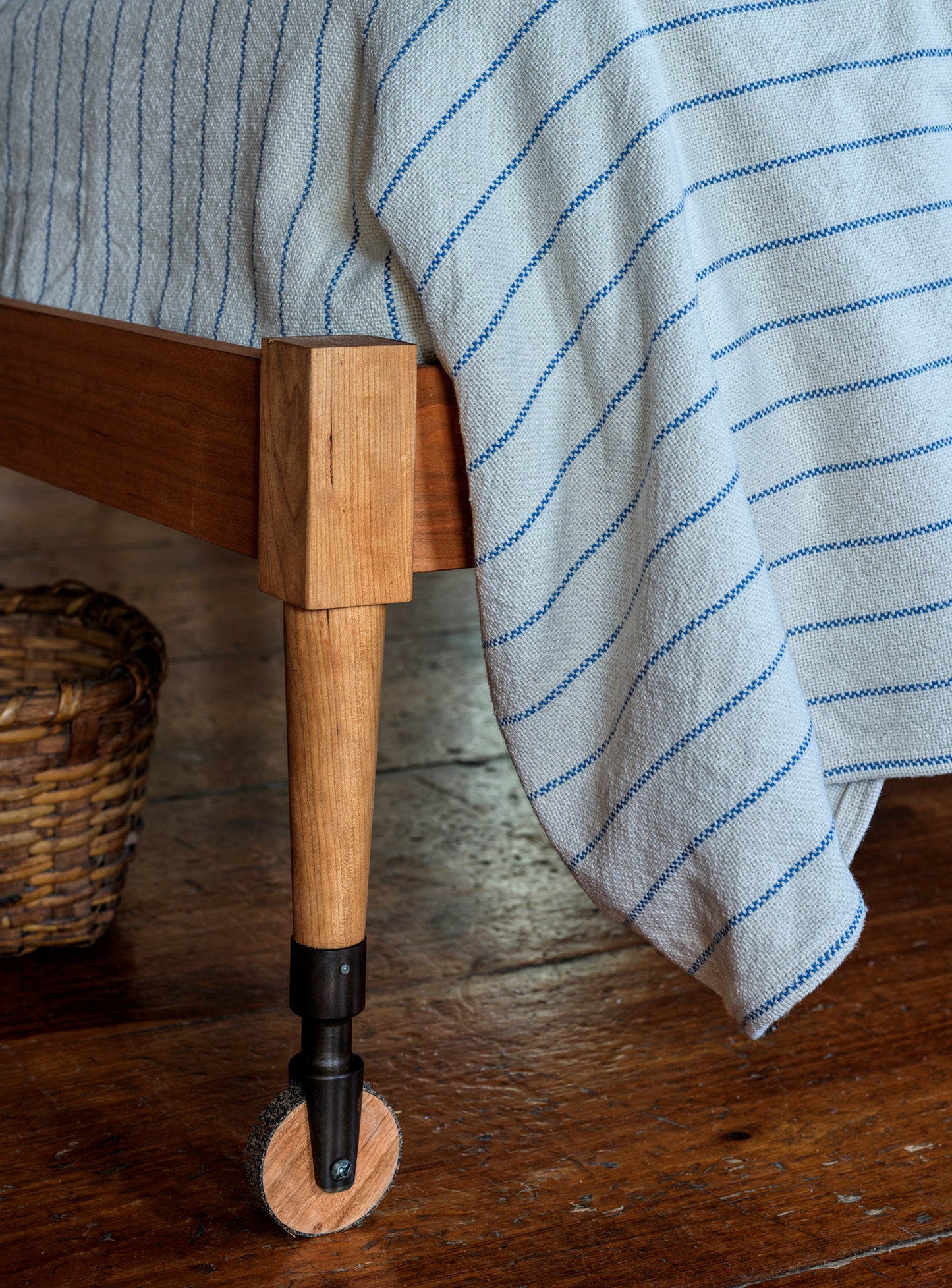
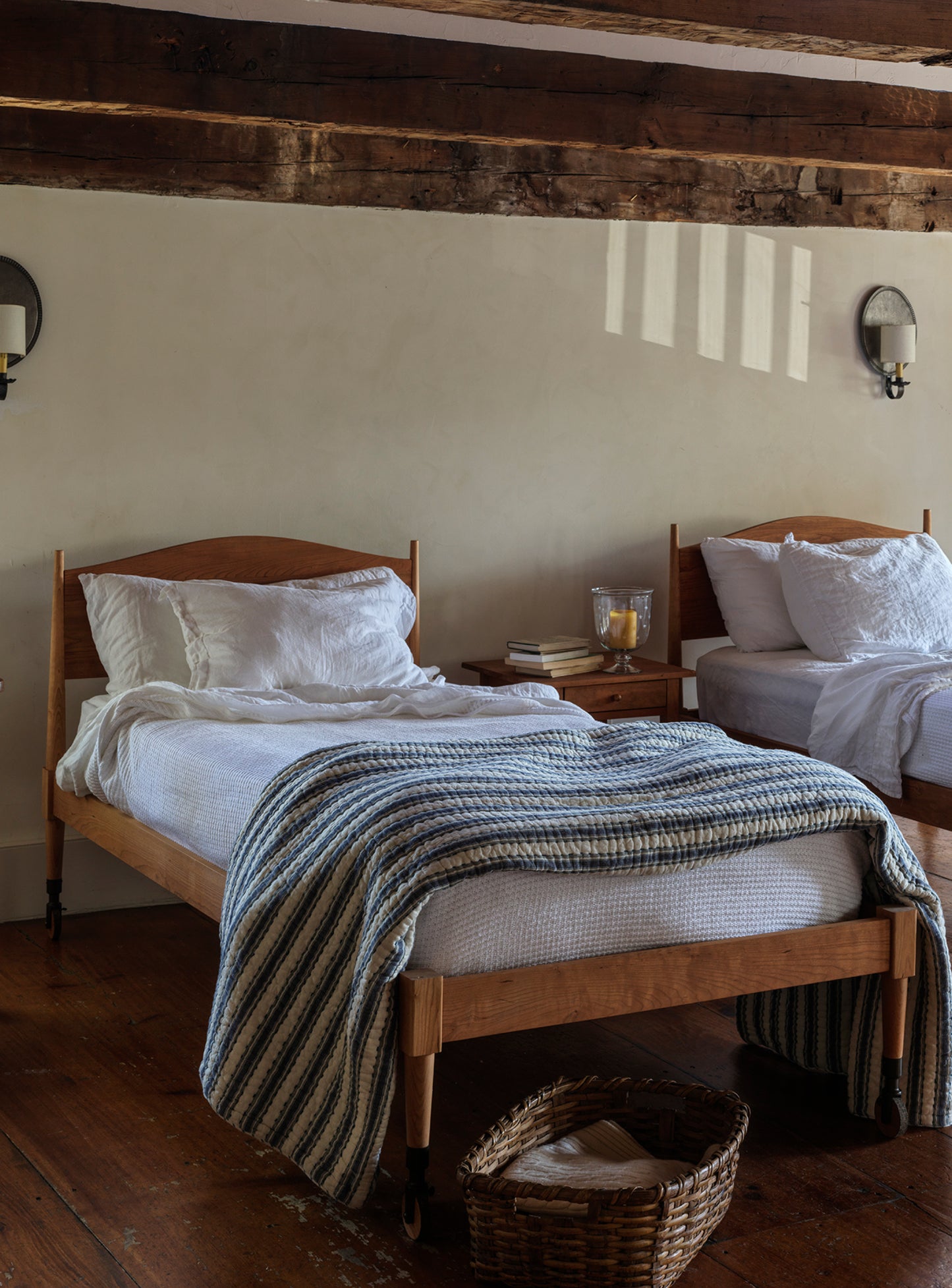
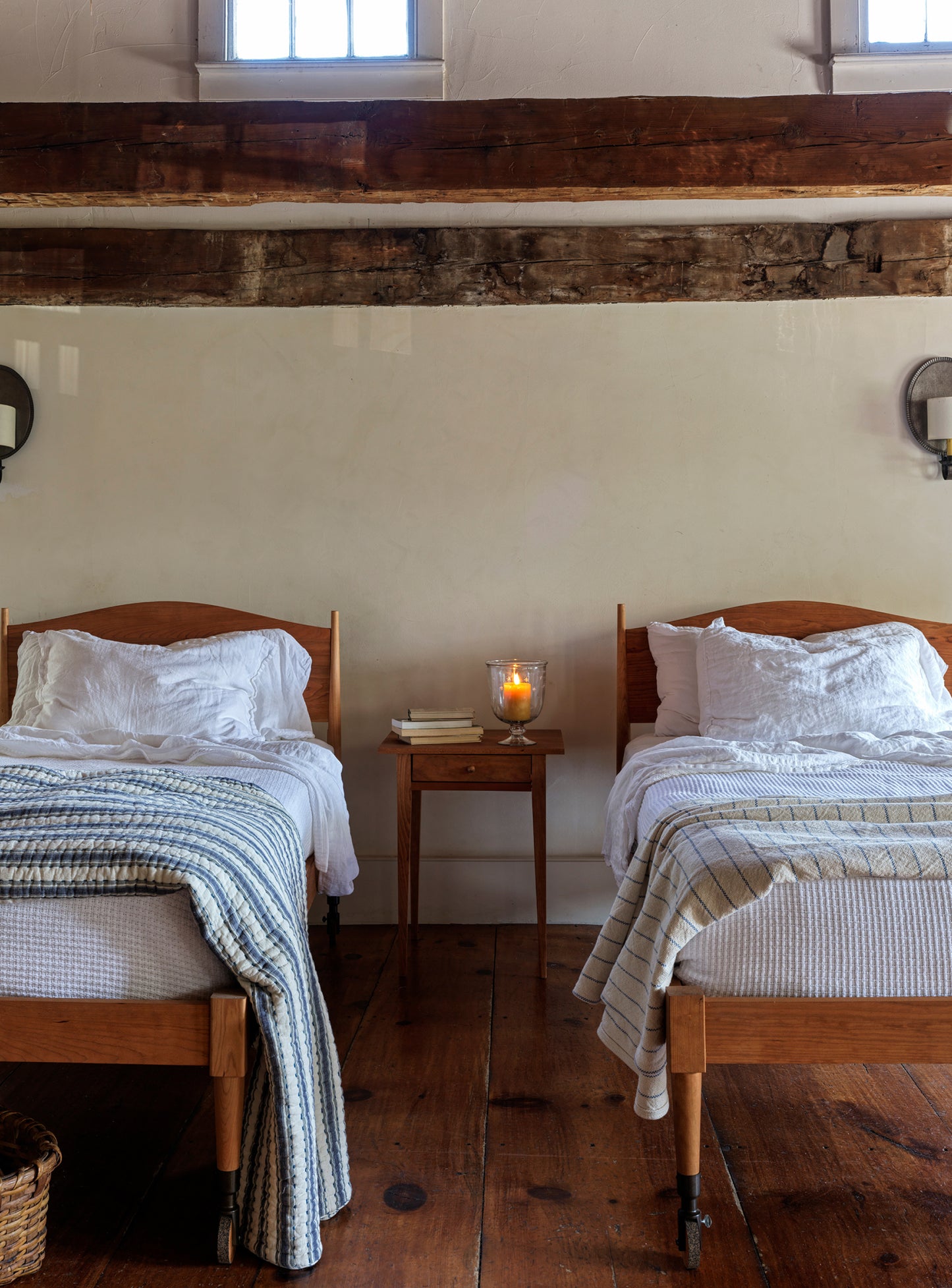
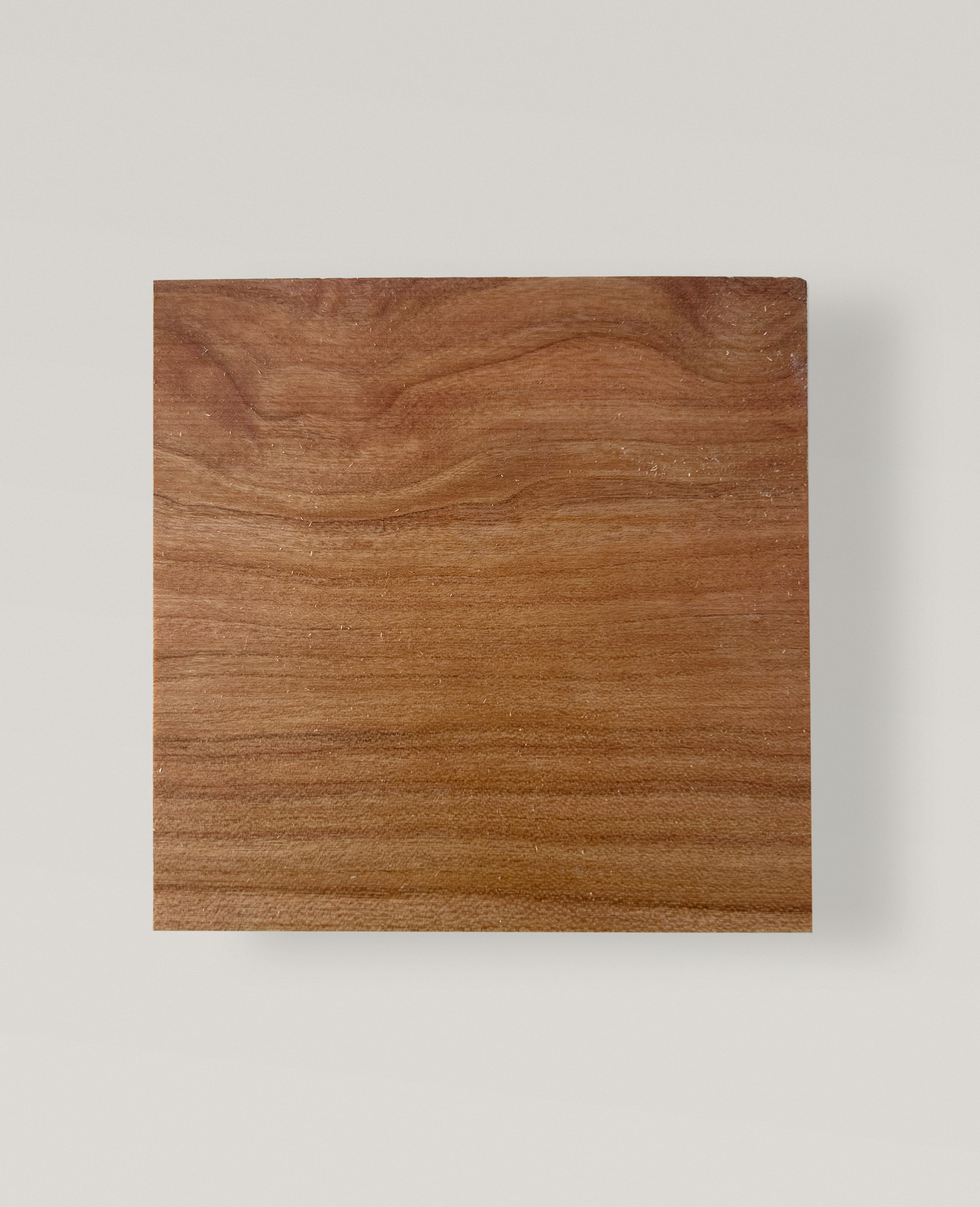
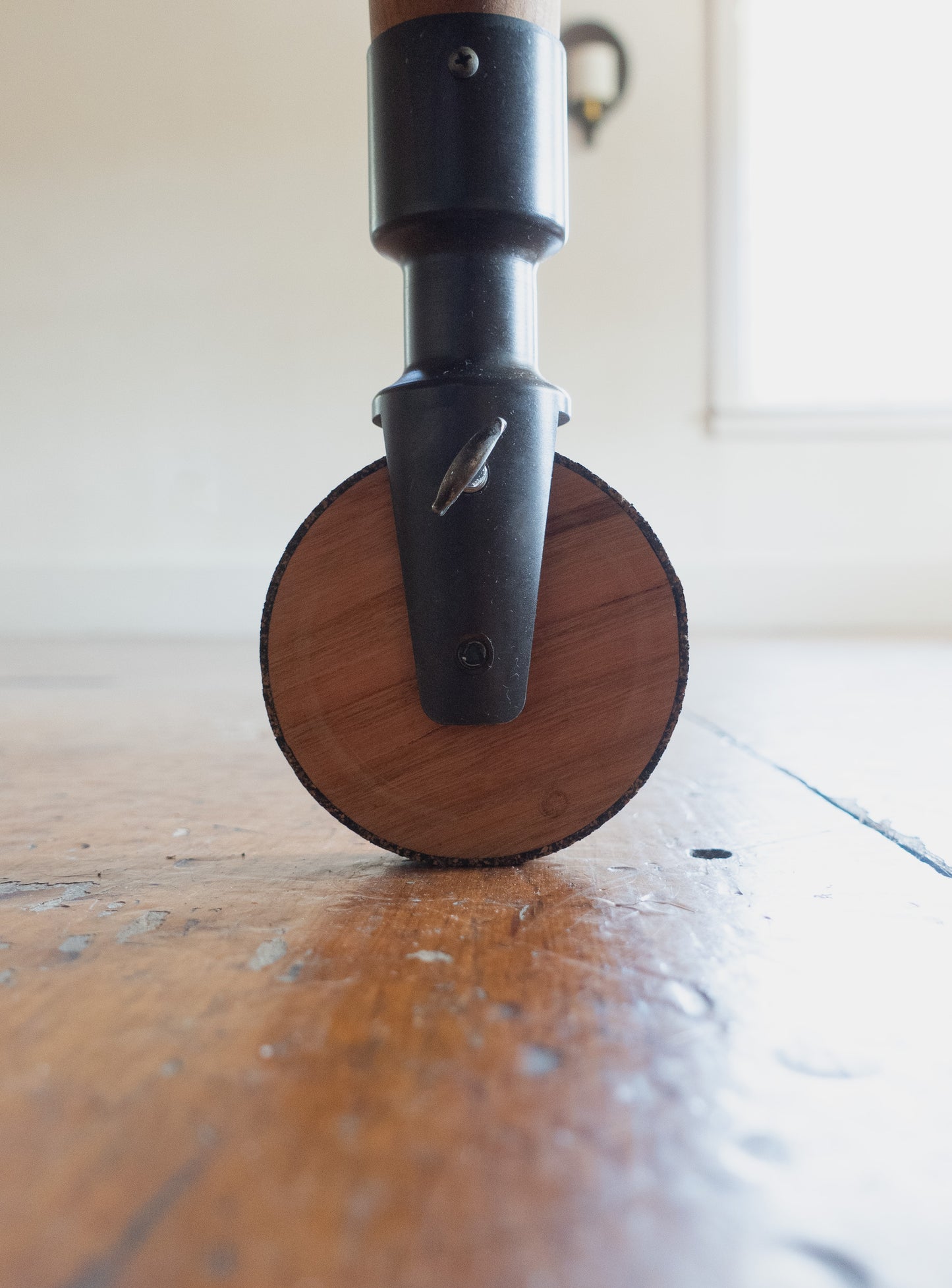
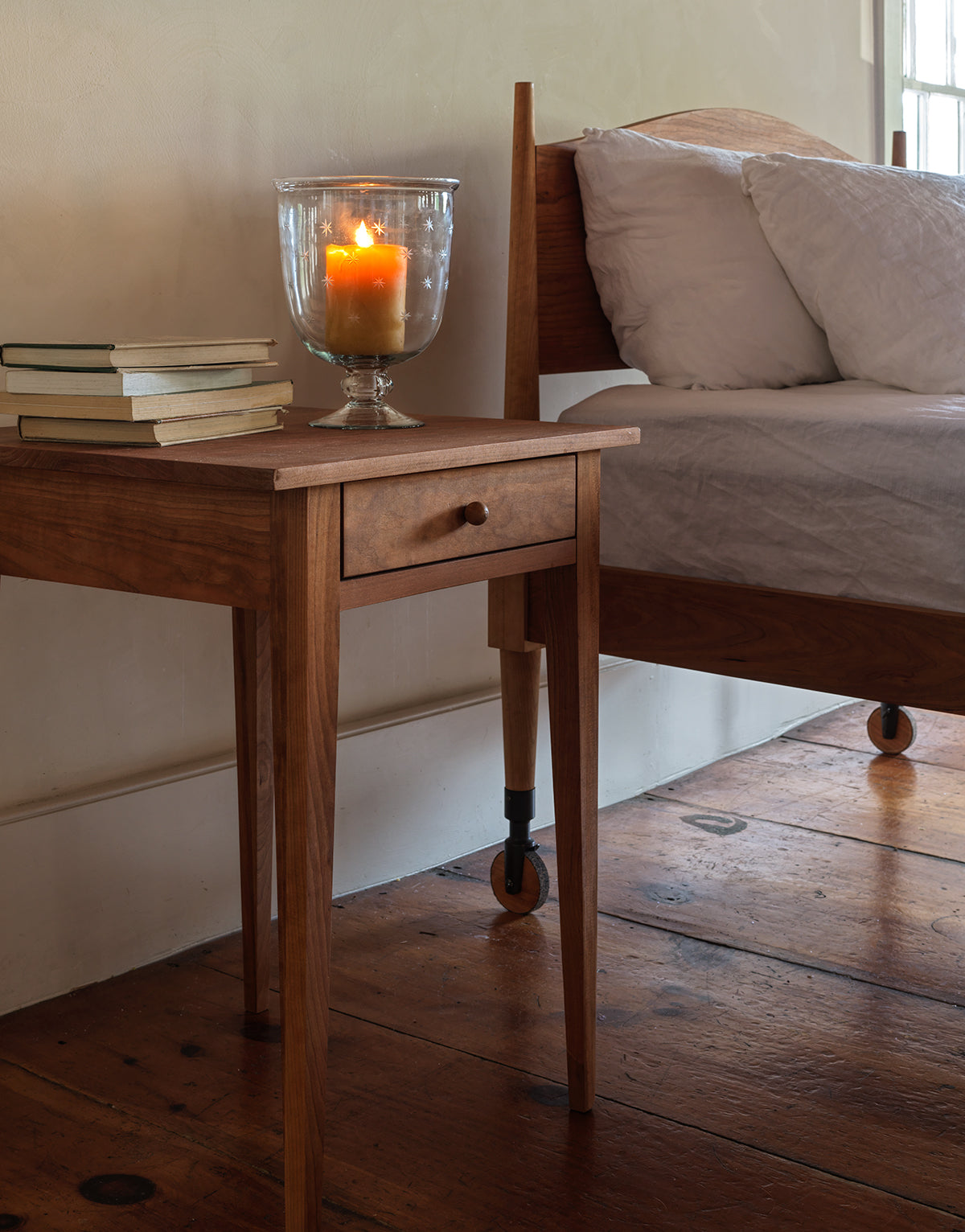
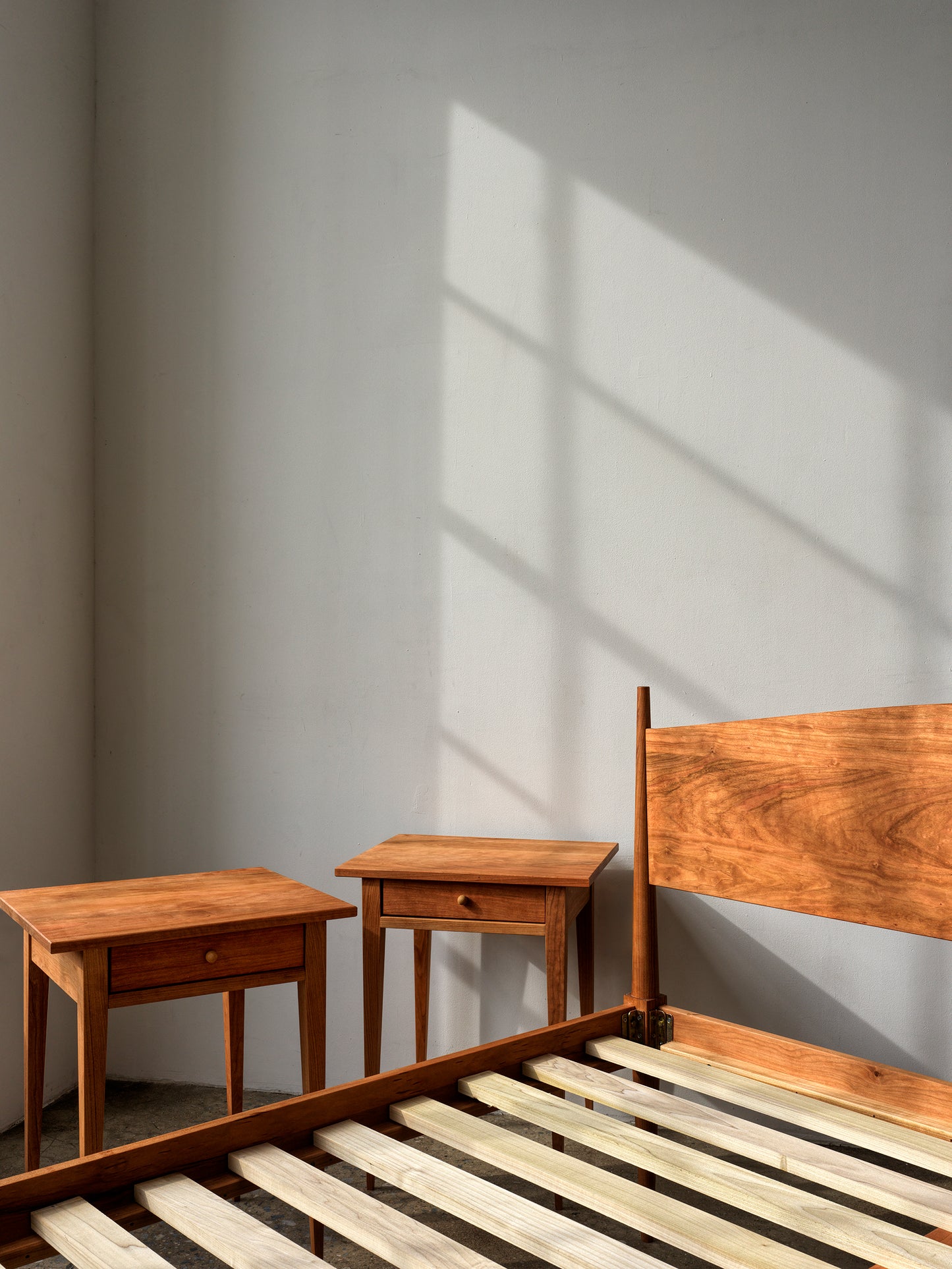
Designed by Kenon Perry in Bosque County, TX
Beds are made in small batches in Kenon's shop in the town of Morgan, Texas, and by Copeland Furniture in Bradford, Vermont.
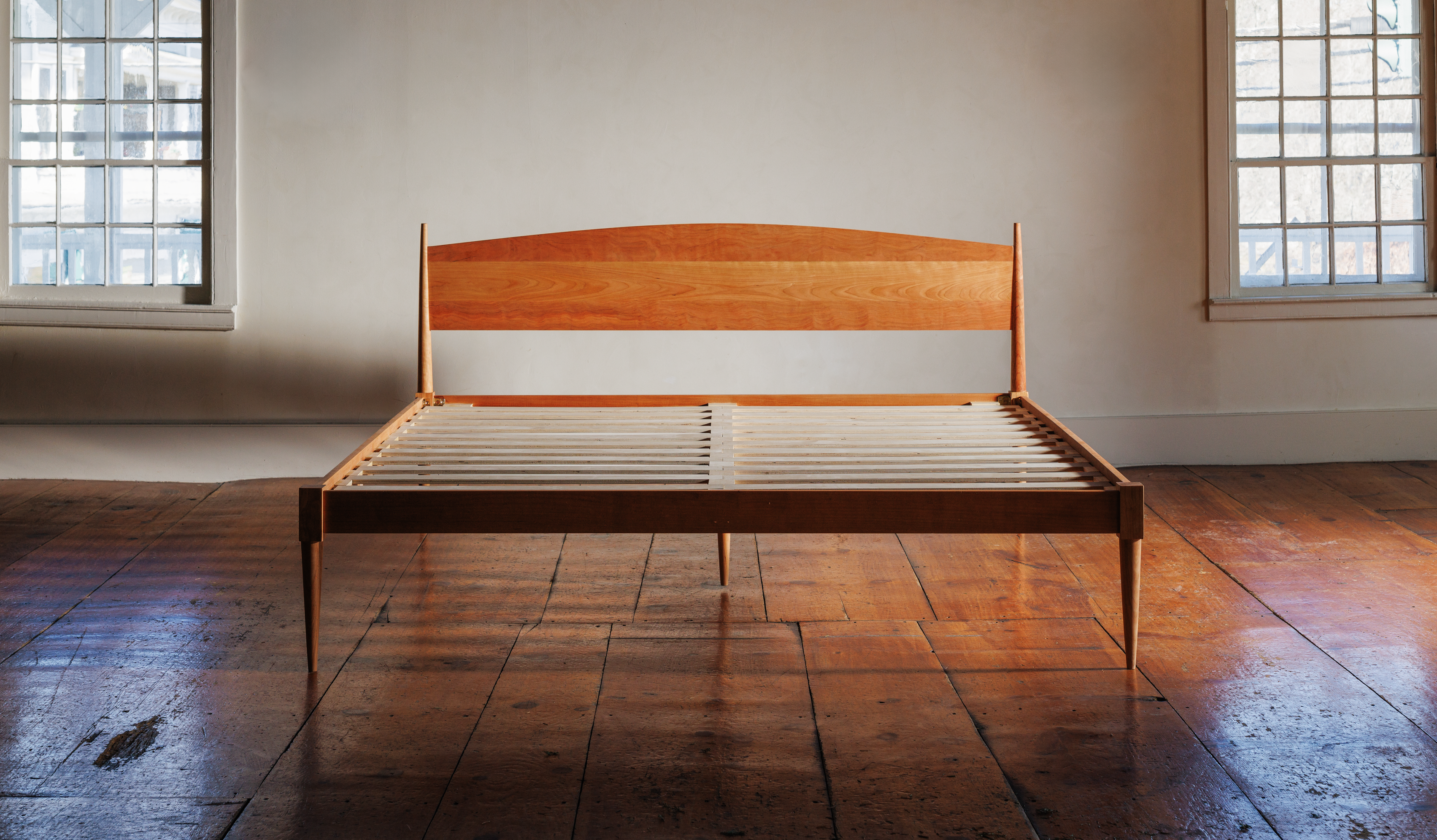
Timeless Simplicity
-
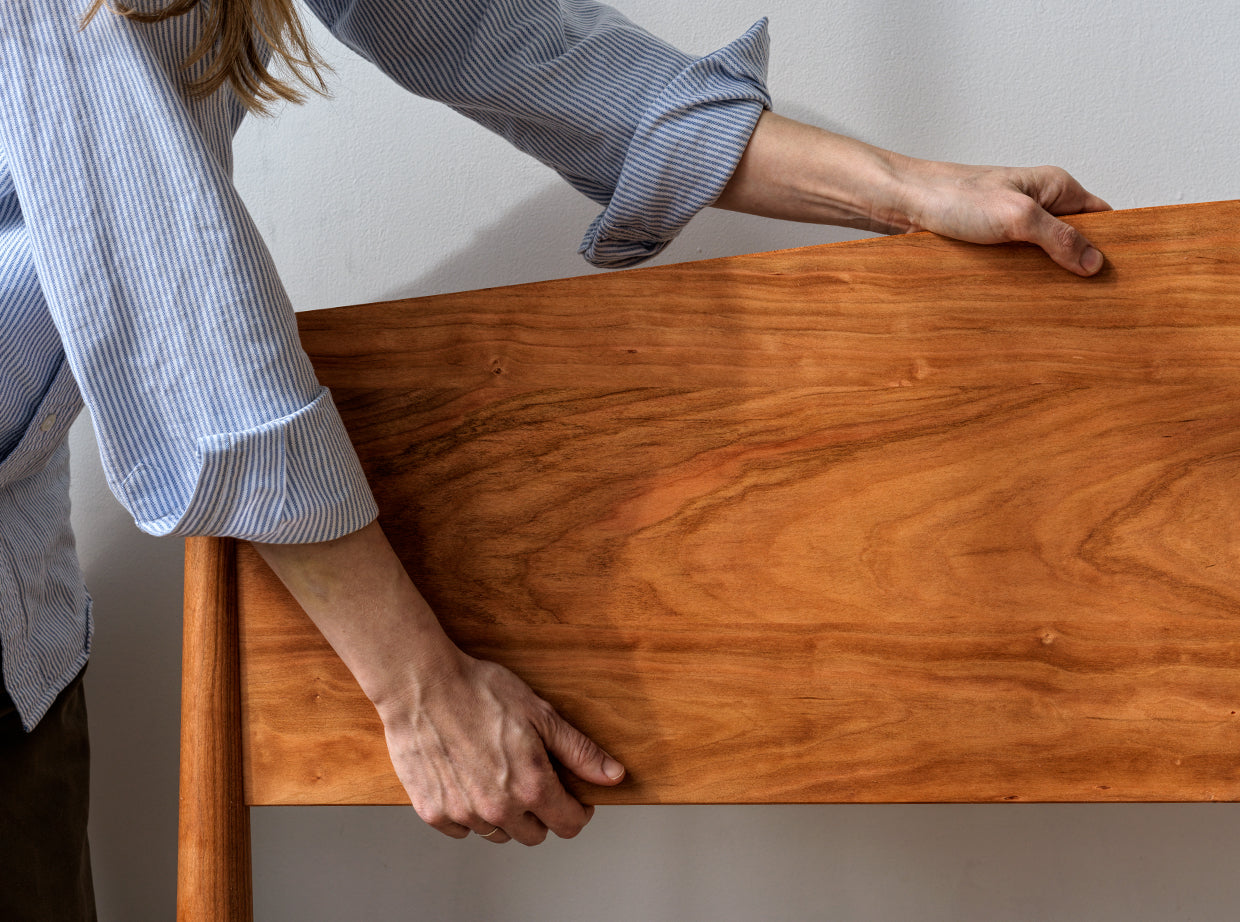
Hand-Rubbed with Raw Linseed Oil for Zero VOCs
Every bed is finished in slow-drying, 100% pure linseed oil. This gives the bed an enduring, zero VOC finish that is also serviceable for life. Unlike veneered or heavily stained mass-furniture, if you ding this bed you can just sand it and re-oil it.
-
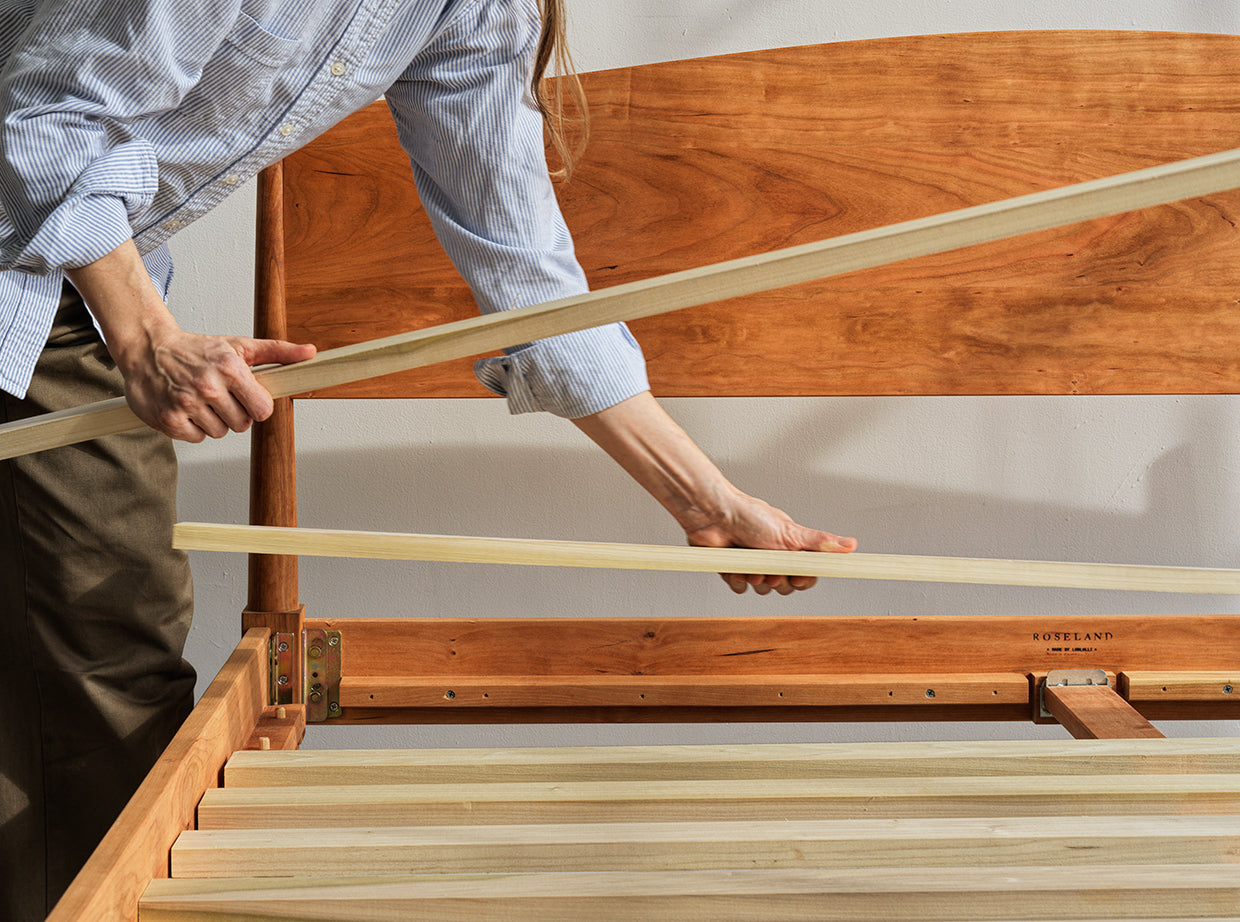
Toolless Assembly
Bed assembly takes ten minutes. It arrives partially assembled with high-quality mortise-tenon fasteners at each corner. The headboard slots tightly into a dado joint that is exceptionally rigid.
Materials
Materials
- Cherry or Black Walnut
- Solid Poplar Slats
- Steel Mortise-Tenon Joints
- Carbon Steel Caster Frames
Care and Assembly
Care and Assembly
Minimal care is needed but hand-rubbing linseed oil every few years will only be to the bed's benefit
Mattress Compatibility
Mattress Compatibility
The Roseland bed's proportions work best with mattresses between 8.5 inches and 14 inches in thickness. It does not require a box spring: slats are 3" apart, and 2.5" wide.
Heirloom Repair Warranty
The Roseland Bed
-
Solid Native Wood
Your bed is made from Solid American Cherry or Black Walnut - no veneers, stains, or lacquers.
-
Free Shipping & Return
The bed ships free in two separate reinforced boxes via UPS ground. We'll also cover your return shipping label.
-
Fully Toolless Assembly
With steel Hafele mortise-tenon brackets, and a dado joint for the headboard, the bed requires no tools to assemble.

Things to Know
At Roseland, we are proud to finish our beds by hand, the old fashioned way. We don’t stain, spray, use lacquers or polys, and we don’t do VOCs. Here are some of the ways this might be different to what you’re used to:
Natural color shifts
Cherry wood starts light and darkens significantly in the first three months. From months 3 to 12, the darkening slows, reaching a deep, rich tone with red undertones. Walnut starts as a deep brown and gradually lightens over time. In the first three months walnut’s tone becomes warmer and lighter. From months 3 to 6, the change slows as it settles into a medium brown with golden or amber tones. In our opinion, the mature tones of both woods are preferable to the initial ones.
Linseed oil means a breathable, naturally coarser finish
Many furniture companies seal their wood with an additive layer that closes the grain and can be sanded to a near mirror finish - the lacquer or polyurethane is being sanded rather than the wood itself. With a breathable oil finish, the wood’s grain is exposed, which is naturally coarser than sanded polyurethane or lacquers.
Solid wood and humidity can mean seasonal movement
In winter, low humidity from furnace heat can lower the humidity content in the wood and dry it somewhat (dry desert environments can do this year round!). If you encounter creaks, the first thing to do is to lubricate the wood-on-wood joints of the bed with a beeswax furniture paste.
Our Bedside Companion
Complete your bedroom set with our matching nightstand, crafted from solid American cherry or walnut and finished the same as our bed. Its timeless Shaker design blends simplicity and elegance.
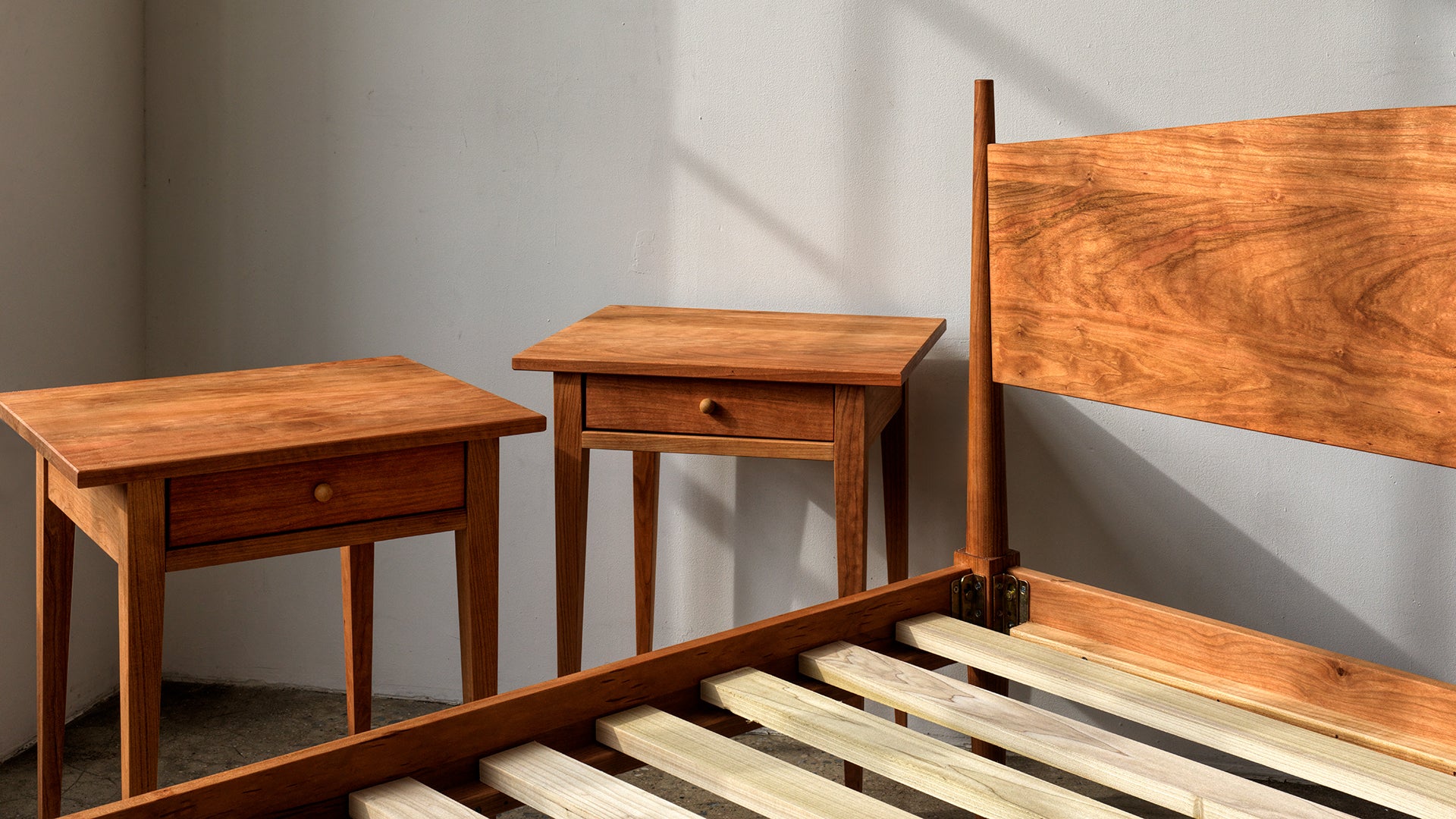
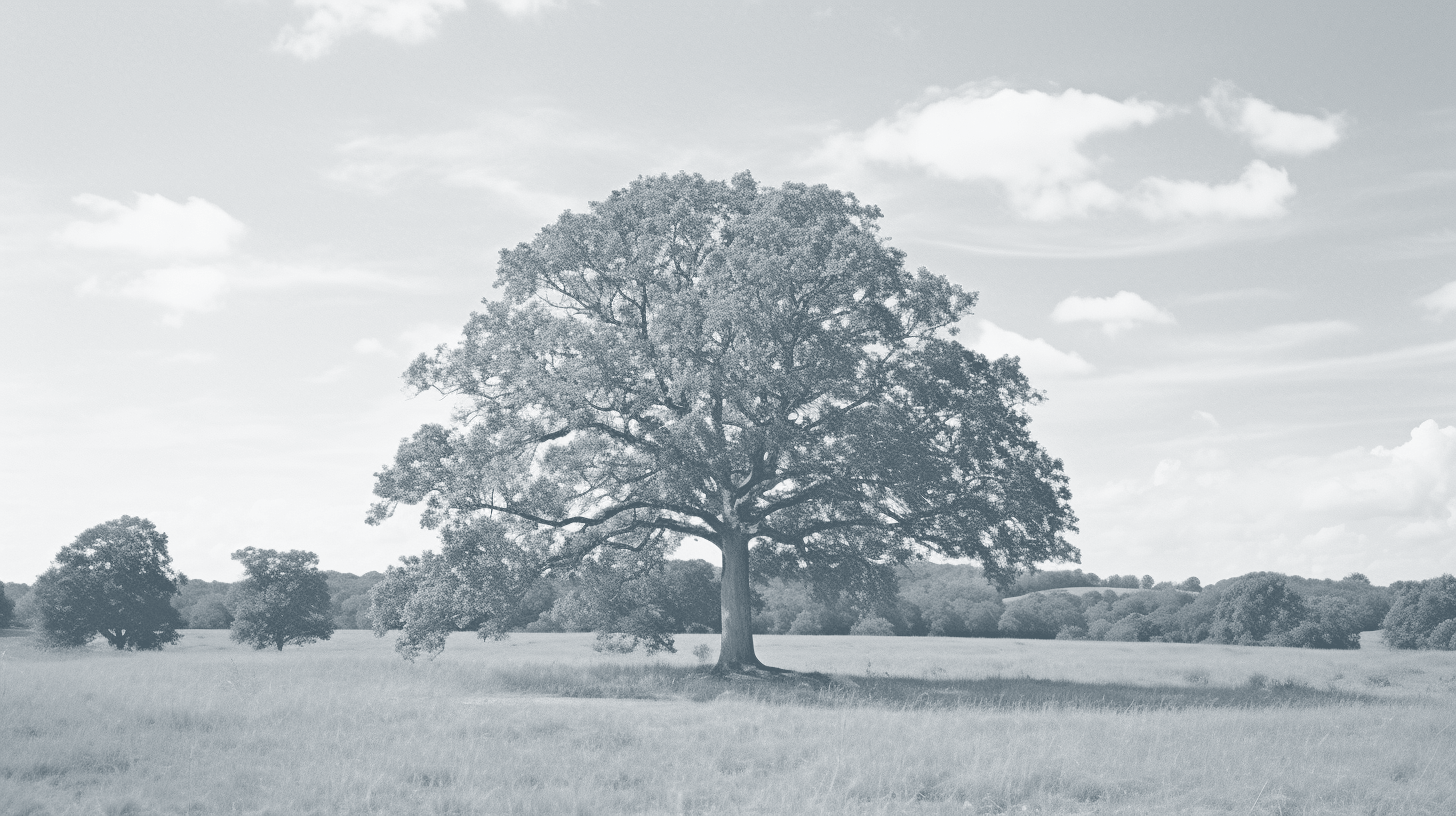
3% of Profits to Bring back the American Chestnut
At Roseland, we're passionate tree buffs and are committed to helping bring back the iconic American chestnut to its native range. We will donate 3% of all unit-level profits at the end of 2025 to the American Chestnut Foundation and other similar efforts.
Frequently Asked Questions
Where in the USA is the bed made?
The Roseland Bed is made in two places - at Kenon's shop in Bosque County, Texas and at Tim Copeland and Sons. in Bradford Vermont.
Why is the bed more affordable than other domestic equivalents? What's the trade-off?
Roseland has a very narrow furniture selection that allows us to producer fewer designs at comparatively high volumes.
While there are some savings from bulk ordering materials (we largely work in just cherry and walnut), the biggest savings come from operating a permanent production line for each product vs. the made-to-order challenge of constant switching costs. This lets our manufacturing partners save time and reduces costs of error.
The trade-off of this approach is that we cannot accept custom requests and we have to maintain a limited design catalog.
Do you use only American wood?
Yes, everything is domestic. The platform bed is made with Black Cherry (Prunus Serotina) or Black Walnut (Juglans Nigra) and the slats are made from Poplar, Red Oak, or Maple.
What parts of the bed are not made in America?
While the vast majority of the bed is made in America, the Hafele corner steel brackets are stamped in Germany.
Do you run seasonal promotions?
We have not run any sales in the past and have no current plans to run any in the future. Our business is designed to be as efficient as possible and our prices reflect that. We offer a $75 credit for those who sign up to our newsletter.
Can I get a discount if I order multiple beds?
We offer a 15% discount on three or more beds. Please email us for a single use code.
What is the distance between the slats and how wide is each slat?
Each slat is 2.5" and the spacing is 3" between each slat. This makes the bed compatible with the vast majority of mattresses and their warranties.
How do I take care of the wood finish?
Linseed oil is a traditional finish for early American and European furniture. It protects the wood by penetrating the grain as well as forming a very thin, flexible layer. You can re apply every 5-10 years or as needed. If you ding your bed, you can just sand out the blemish and re-apply linseed oil.
How long does it take to "Dispatch" an order?
Unless otherwise stated, we'll usually dispatch an in-stock order within 3 days of order receipt. Please look to the top of the website for the most recent status updates.
How high would my mattress be from the ground?
The top of the slats are just under 15.25 inches above the ground - they sit inside of the support rails vs. on top of them, allowing us to bring the height slightly lower than you might expect from the design. A typical 10 inch mattress would have you sleeping at 25.25 inches.
How high are the top and bottom of the headboard from the top of the slats?
The top of the headboard is ~24.5 inches above the top of the slats. The bottom of the headboard is ~10.5 inches above the slats.
Is there a video of assembly?
Yes. It's hosted here.
What thickness of mattress is appropriate for the Roseland bed?
We recommend mattresses between 8 inches and 13.5 inches thick. Any thicker and the headboard will feel out of proportion. For context, the mattresses in our shoots are mostly 11.5", with a 10" mattress visible in the more contemporary loft setting and 9.5" on the twin beds.
Why is Black Walnut more expensive than American Cherry?
American Black Walnut is more expensive on a board foot basis and it is also harder to get headboard quality yields. Our black walnut pricing is not a reflection of preference or quality - if you ask us, we actually personally prefer the cherry.
What is the weight limit for the bed?
The max recommended weight on the bed is 700lb including your mattress (this was recently updated).
How does the bed ship and how much do the packages weigh?
Your bed ships in 2-3 packages, with one package substantially larger than the others. The maximum weight package is a little over 100lb for a King size.
What is the clearance of the bed for under-bed storage?
Both the standard legs and caster legs give a floor-to-support-rail clearance of just over 13"
